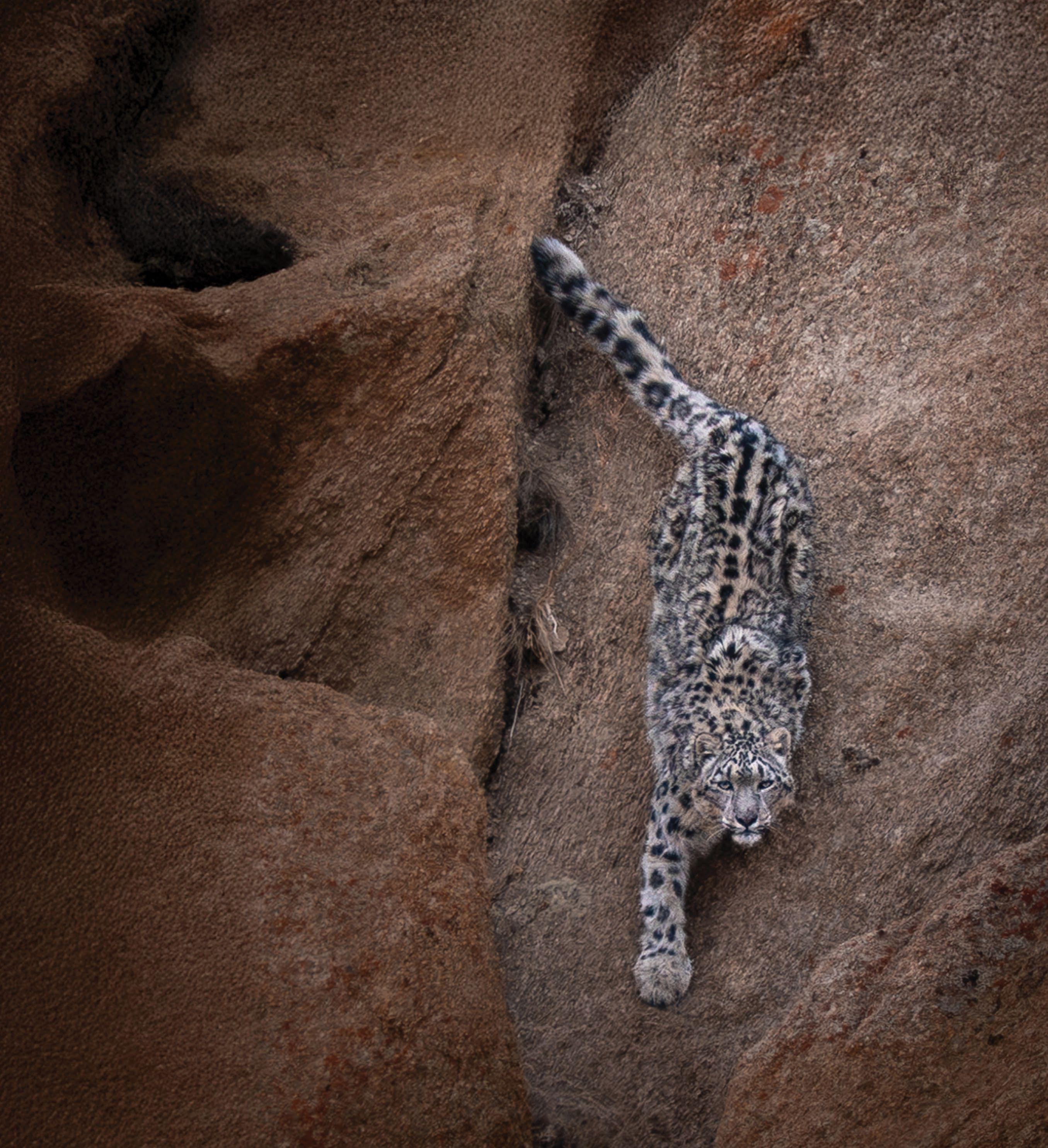

CONSERVATION THROUGH EXPLORATION

Front Cover by Nat Hab guest Arthur Leforestier, Inside Cover and Back Cover photos by Nat Hab Chief Sustainability Officer Court Whelan
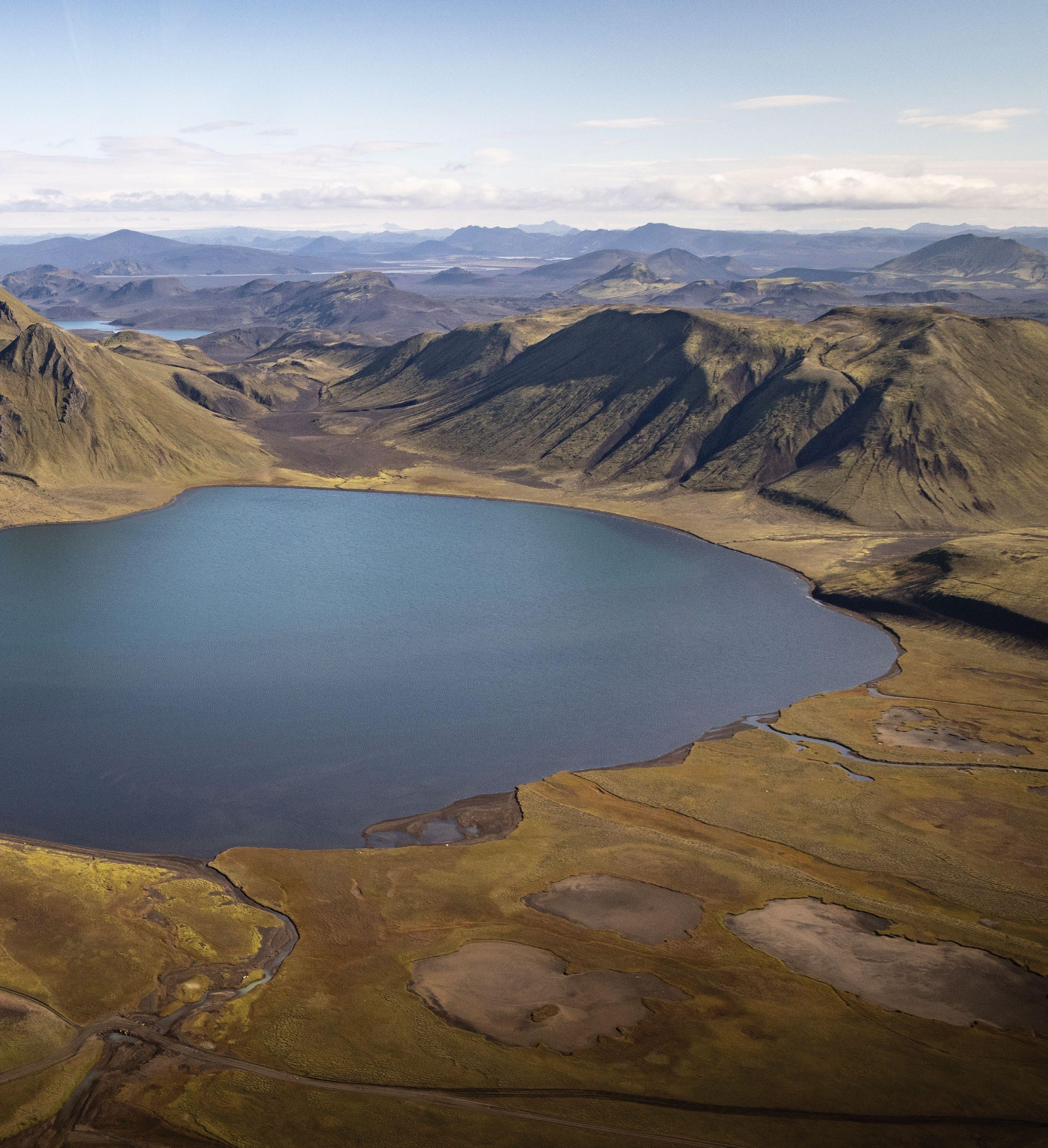
CREATING A GLOBAL CONSERVATION CULTURE: A NORTH STAR FOR SUSTAINABLE TRAVEL
At Natural Habitat Adventures, we believe fostering a global conservation culture is one of the most significant contributions the travel industry can make toward the future of our planet. While “global conservation culture” may sound like a lofty goal, it captures the essence of what drives our mission: inspiring and empowering individuals, communities and industries to work together for a sustainable future.
Over the years, our staff has had countless conversations with our guests about the role they envision in creating a more sustainable world. A question we often ask is, “If you could choose one way to help solve the world’s conservation challenges, what would it be?” The responses vary— from recycling to reforestation to reducing carbon footprints—but they all reflect the same underlying truth: Progress is possible when people care and embrace a collective sense of responsibility.
Inspiration for the idea of a global conservation culture grew from experiences in Costa Rica, where a conservation ethos is woven into the fabric of everyday life. Across sectors in the country—whether in commerce, transportation, tourism or
local governance—there is a shared commitment to protect the natural environment. Since the initial impetus in the 1970s, more than 25% of Costa Rica’s land is now designated as protected, with that figure steadily growing. This example of holistic, community-driven conservation underscores the impact that a unified cultural mindset can achieve.
We envision a future where this kind of conservation culture extends worldwide, touching every corner of the planet. By cultivating a shared sense of environmental stewardship, we can address interconnected challenges like climate change, biodiversity loss, ocean health, habitat preservation and loss of cultural heritage. After all, culture shapes behavior, and widespread behavioral change is essential to solving the most pressing environmental issues of our time.
As we reflect on our progress this past year, we reaffirm our commitment to driving meaningful change. Through education, responsible travel practices, and partnerships that prioritize sustainability, we strive to be a catalyst for fostering a global conservation culture. While we remain optimistic about what can be achieved, we also recognize that
hope must be paired with concrete action. That’s why we continue to advocate for impactful policies, measurable solutions and collaborative efforts across all sectors. Perhaps above all else, we believe in the power of inspiration and the role sustainable travel experiences play in providing it. Together, we can create a world where conservation is not just an aspiration, but a way of life.


Court Whelan, Ph.D. Chief Sustainability Officer, Natural Habitat Adventures
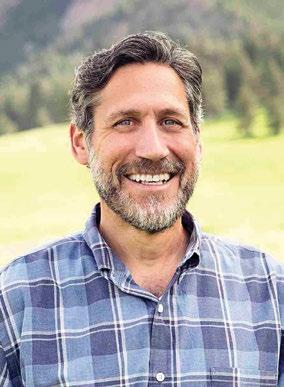

Ben Bressler Explorer, Founder, Conservationist, Natural Habitat Adventures
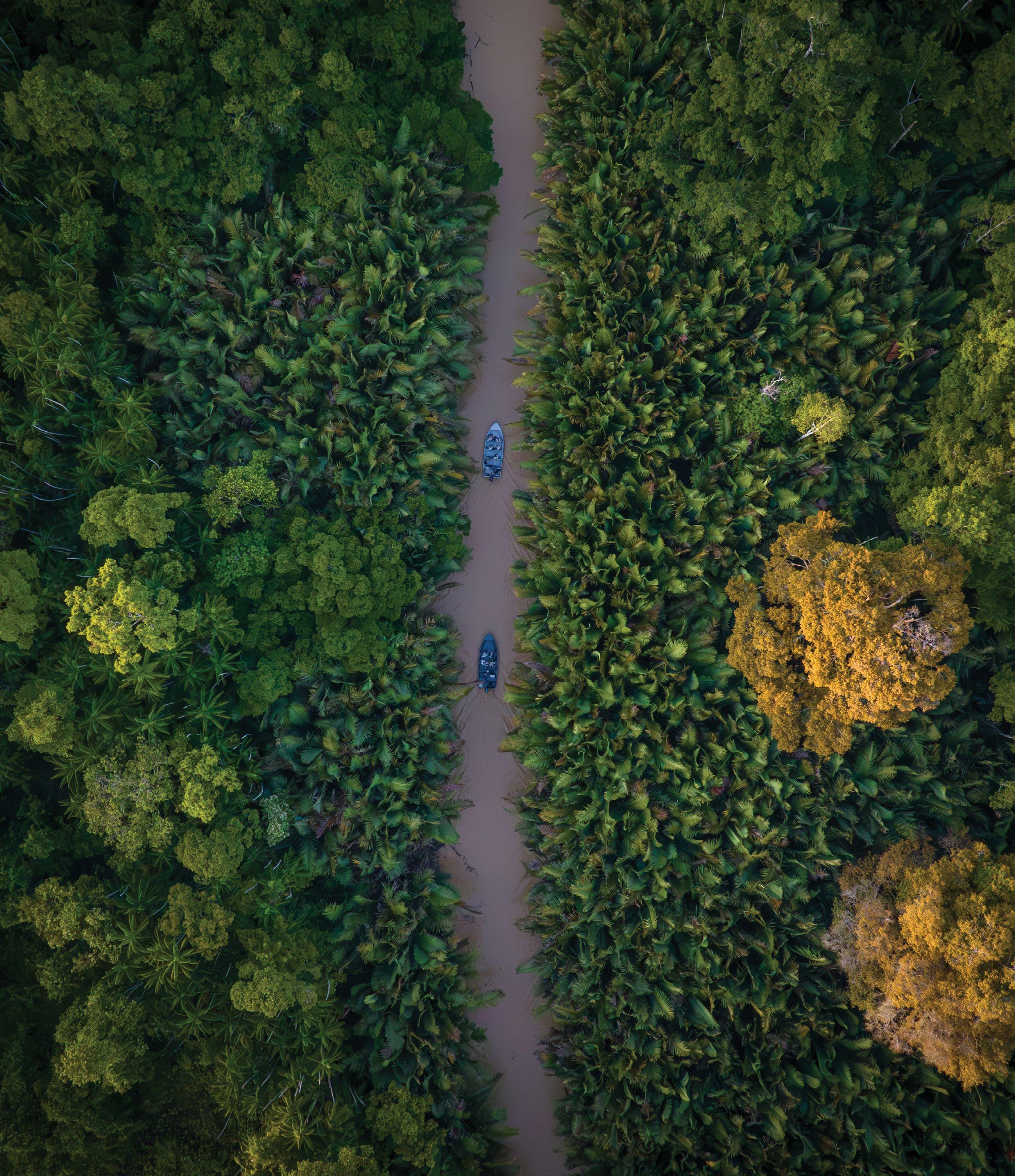
Photo by Nat Hab Chief Sustainability Officer Court Whelan
NAT HAB & WORLD WILDLIFE FUND
CONSERVATION & TRAVEL GO HAND IN HAND
By adding value to natural ecosystems, creating ambassadors for the environment and working directly with local communities, everyone benefits, especially the planet. This concept is at the core of what we do at Nat Hab, and our work with WWF is an integral part of the conservation travel equation. Through our partnership, we have access to the work of world-renowned experts, plus the ability to contribute to influential conservation projects around the world.
Together, we offer conservation travel—sustainable travel that supports the protection of nature, wildlife and local communities.
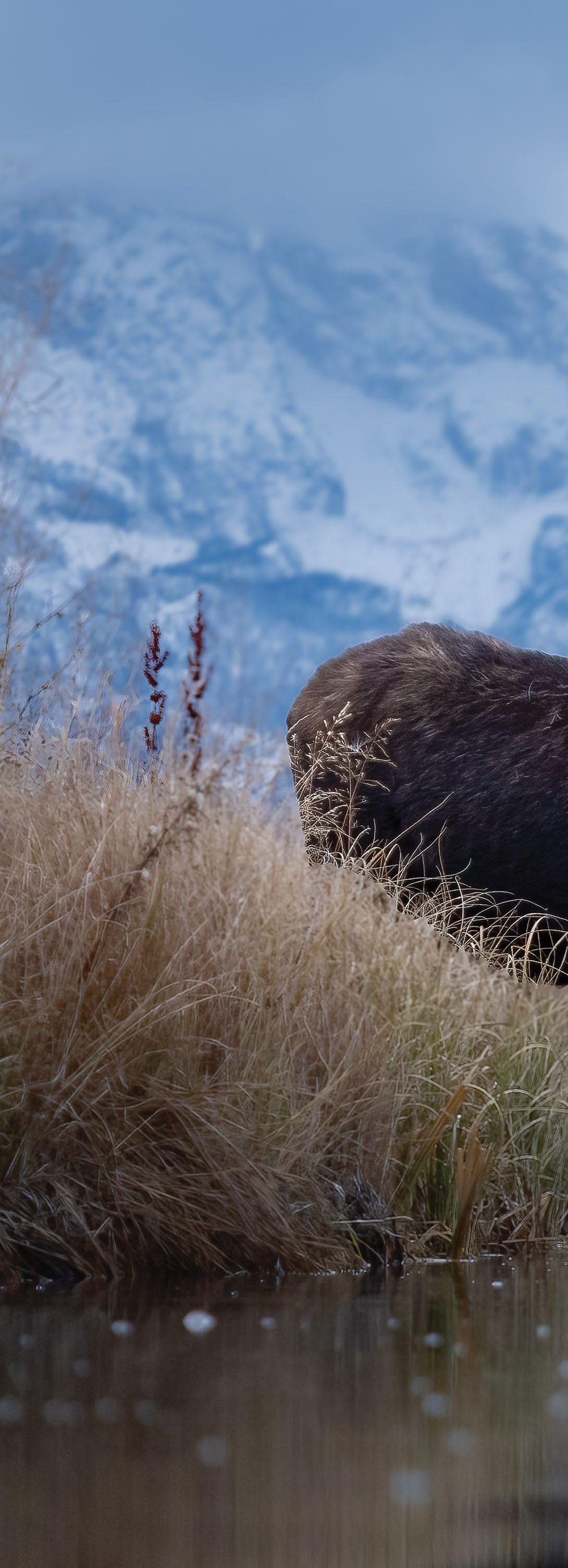
Photo by Nat Hab guest Arthur Leforestier
22 YEARS of partnering with World Wildlife Fund—since 2003
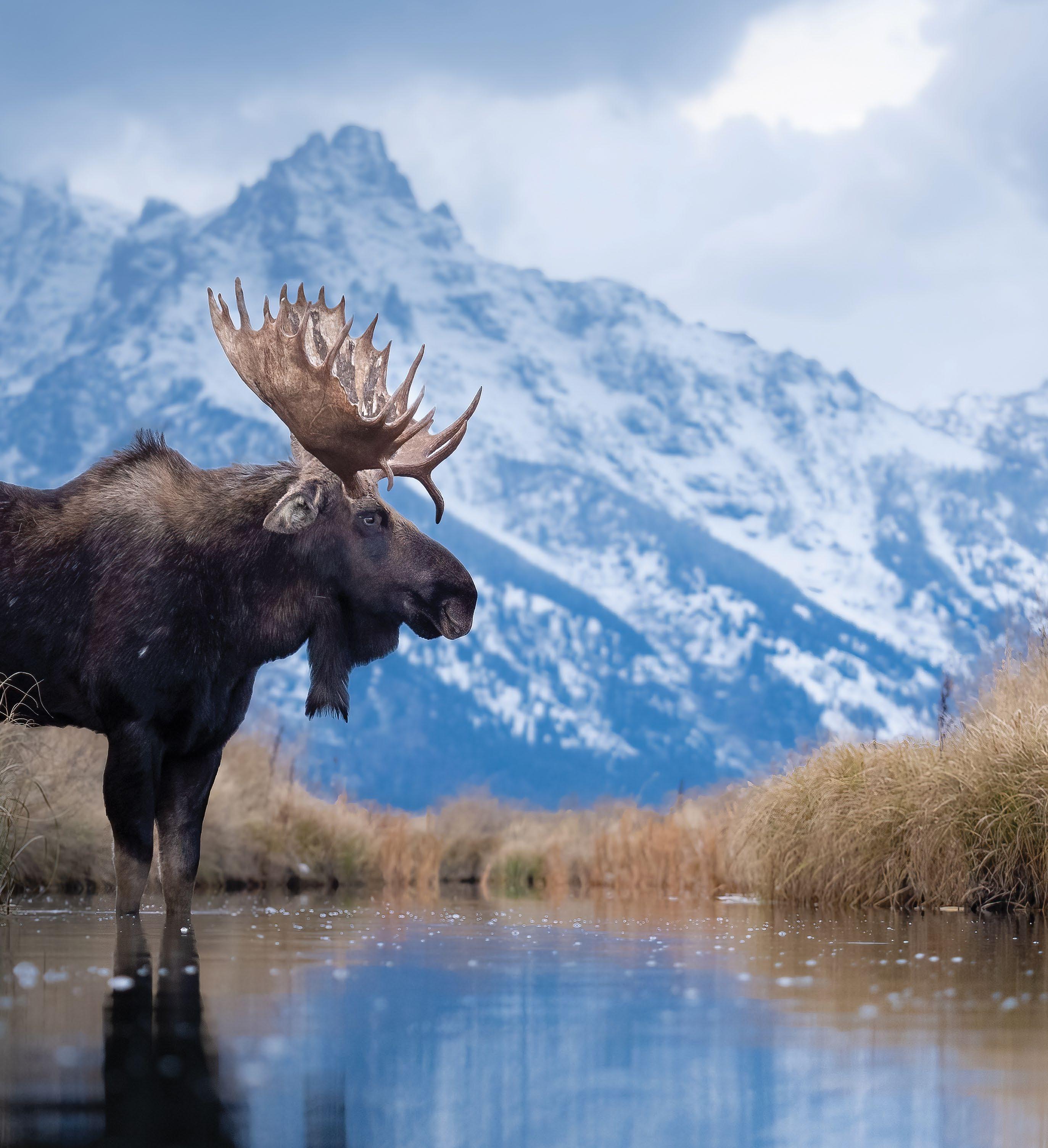
WWF has more than 5 MILLION members worldwide
1.7 MILLION of those members are in the United States
$50 MILLION
dollars donated to WWF by Nat Hab travelers
WWF has 6 main areas of focus: CLIMATE FORESTS FRESH WATER OCEANS WILDLIFE FOOD
WWF works in 100+ COUNTRIES
around the world
WWF’S CONSERVATION TOOLKIT
World Wildlife Fund is a global leader in boots-on-the-ground conservation efforts, so it’s no surprise that the organization has hundreds—even thousands—of active conservation projects around the world at any given time. However, it’s not as well known that WWF is also an extraordinary hub for information and a provider of tools we can all use for enhancing conservation and sustainability in our own lives and the lives of those closest to us.
This curated list represents our favorite tools WWF has developed over the years. Whether you’re interested in learning the latest about how biologists and engineers are addressing the problem of microplastics, or you desire information about current activism efforts you can play a part in, we’re delighted to share these WWF resources that can help you integrate conservation more seamlessly into your everyday life.
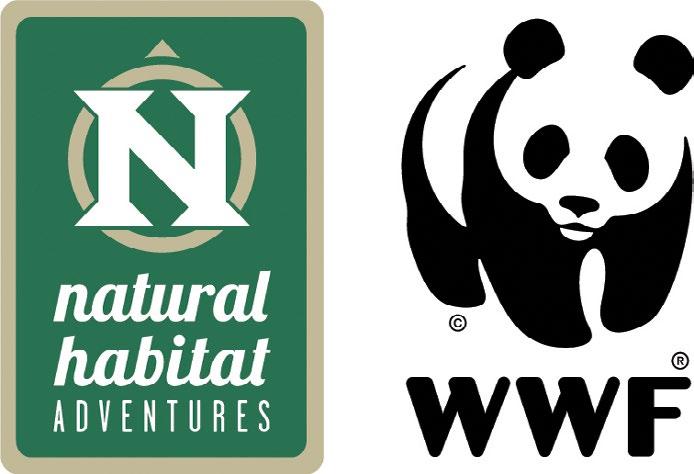

Photo by Nat Hab Chief Sustainability Officer Court Whelan
NATURE BREAKING PODCAST
Nature Breaking is WWF’s bi-weekly podcast that delves into current environmental news and trends. It features insights from WWF experts, including scientists, engineers and field conservationists. The podcast covers a wide array of topics such as climate change, wildlife conservation and sustainable practices, aiming to help listeners understand complex environmental issues and the efforts to address them.
wwf.travel/podcast

PERSONALIZED FUNDRAISERS
Fundraising is crucial to WWF’s mission of conserving nature and reducing threats to Earth’s biodiversity. By creating personalized fundraising campaigns—such as birthday fundraisers, running events or community projects—you can support WWF’s efforts to protect wildlife, forests and oceans and to combat climate change. Engaging in these activities not only raises vital funds but also spreads awareness, inspiring others to join the cause.
wwf.travel/fundraise
WORLD WILDLIFE MAGAZINE WILD CLASSROOM
World Wildlife magazine offers an inspiring, in-depth look at the connections between animals, people and our planet. It engages readers with compelling stories and photography, highlighting conservation efforts and pressing issues facing the natural world. By showcasing WWF’s initiatives, the magazine fosters awareness and encourages action toward a sustainable future. All Nat Hab guests receive a free two-year subscription to World Wildlife magazine.
wwf.travel/mag
WWF’s Wild Classroom equips educators with free standards-aligned resources to teach and inspire students about nature and conservation. Offering toolkits, lesson plans and interactive activities, Wild Classroom empowers teachers to integrate environmental education into their curriculum, fostering the next generation of conservationists. From pandas to polar bears, from Madagascar to Mexico, Wild Classroom covers more than a dozen species and regions around the world.
wwf.travel/edu
ACTIVISM OPPORTUNITIES
Individual activism is a powerful catalyst for environmental change. WWF’s Action Center offers a dynamic list of ongoing projects, enabling you to participate in initiatives such as signing petitions, contacting officials and more. By bookmarking and regularly engaging with these opportunities, you can contribute to conservation efforts with meaningful action and stay informed about new ways to make a difference.
wwf.travel/actions
PANDA AMBASSADORS
Elevate your commitment to conservation by becoming a WWF Panda Ambassador. As a frontline environmental activist, you’ll lead community initiatives, host educational events and engage with policymakers to drive meaningful change. With access to exclusive resources and a network of like-minded advocates, your passion and leadership can make a lasting impact on our planet’s future.
wwf.travel/ambassadors
CARBON & CLIMATE
Our world is at a critical inflection point when it comes to climate change. On one hand, humanity is more educated and aware than ever. On the other, we know that more climate action is imperative, and global impacts are happening even faster than anticipated. Nat Hab is proud to have become the world’s first 100% carbon-neutral travel company in 2007, but now, almost 20 years later, we have diversified into new initiatives in order to innovate, invest and inspire.
A sustainable future for the planet relies on robust carbon management, and the way to fully maximize our present technologies and capabilities toward that end is to “do what you can, when you can, with what you have.” This means all deployable means must be considered and implemented. We must focus not only on carbon offsets from carbon-reduction projects, but also on decarbonizing our operations and on novel carbon-removal solutions such as direct air capture, biochar and enhanced rock weathering. Nat Hab is firmly invested in all of these solutions.
However, our sights are set on two primary paths for the future: First, decarbonizing our operations is critical, which means switching from traditional vehicles to electric across our fleet, as well as investing in renewable energy sources at our camps around the world. Second, we are investing in novel carbon-offsetting and -removal technologies. While we will maintain 100% carbon neutrality through our various offsetting programs, we believe progressive technologies like carbon removal are an essential component for solving the climate crisis.
Part of our goal in investing in these small companies and emerging technologies is to inspire and inform others—both within the travel industry, as well as our travelers and wider audience. For this reason, we’d like to showcase one of the newest, most innovative ways that carbon-removal technologies function to literally absorb carbon from the atmosphere.
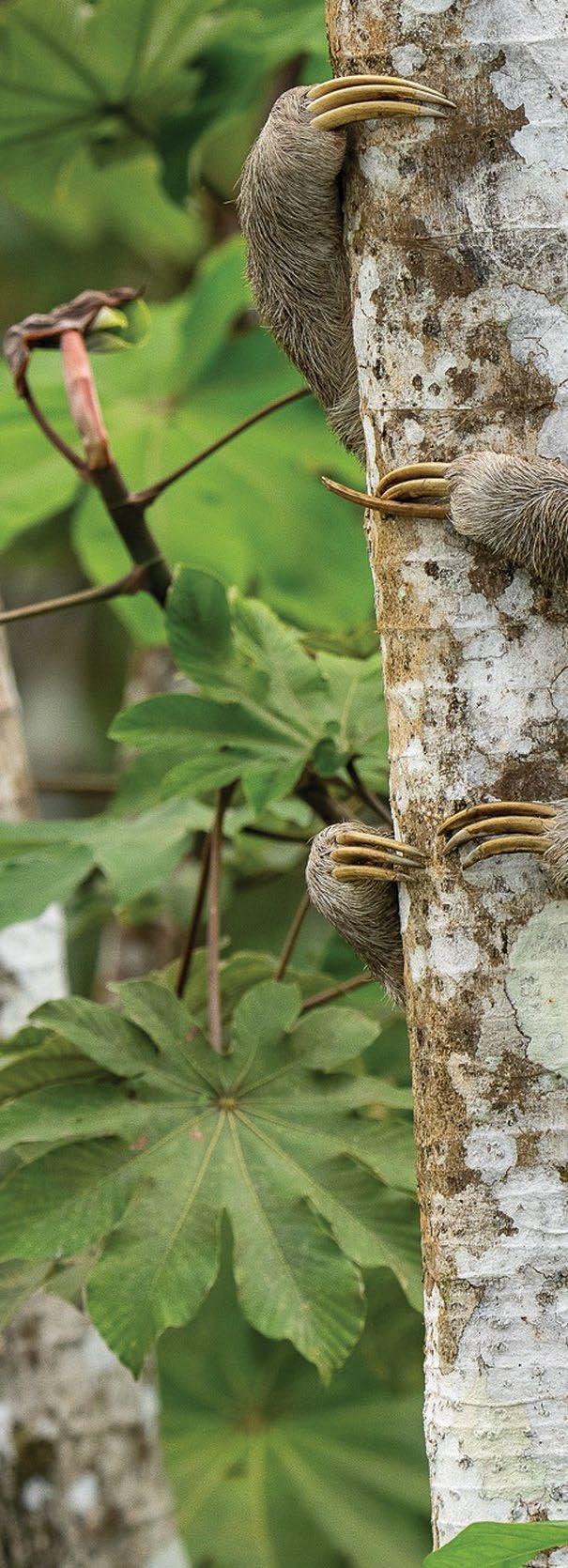
Photo by Nat Hab guest Steven Gilbert
WHAT
DIFFERENCE DOES IT MAKE?
From January 1, 2007, through the end of 2024, Nat Hab has offset 106,883 tons of carbon dioxide. According to the U.S. Environmental Protection Agency, this is equivalent to:
25,438
Cars not on the road for a year
12,026,893
Gallons of gasoline not consumed
247,457
Barrels of oil not consumed
13,939
Homes not using energy for one year
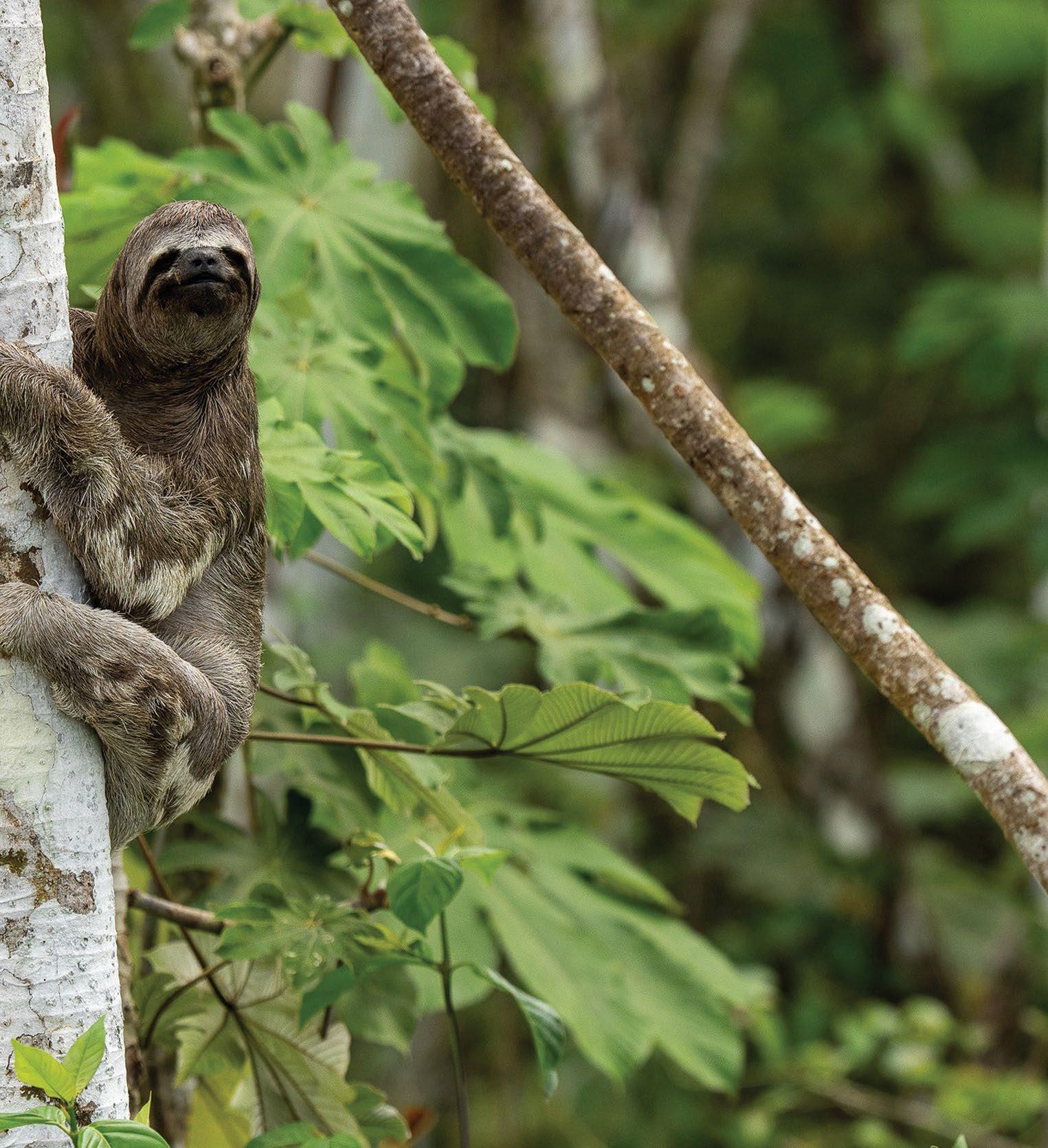
1,767,320
Tree seedlings grown for 10 years
685
Acres of woodlands preserved from deforestation
4,642,563
Trash bags of waste recycled instead of landfilled
In 2024, Nat Hab offset 38,790 metric tons of carbon dioxide equivalent.
YOU CAN OFFSET YOUR PERSONAL TRAVEL, TOO
If you’d like to offset your flights for trips other than those taken with Nat Hab, navigate to this carbon calculator on the MyClimate.org website, which lets you calculate and offset your emissions at the same time. It doesn’t cost much, but the collective impact is significant!
ELECTRIFYING OUR FLEET Science Based Targets initiative
Decarbonizing is vital to address our growing climate crisis. This is why, in 2023, Nat Hab committed to reducing our emissions via the Science Based Targets initiative. Decarbonizing differs from offsetting (which we are also committed to) in that it actually eliminates emission-causing elements from our trips. This includes fuel for vehicles and energy consumed by both on- and off-grid camps and lodges (often referred to as Scope 1 and 2 emissions), as well as emissions generated farther downstream via elements we do not own nor have direct control of (Scope 3 emissions).
To accomplish this robust goal, we are actively investing in electrifying our vehicle fleet, adding new e-vehicles as technology and opportunities facilitate further integration of reduced-emissions vehicles.
In addition to the electric safari vehicle we launched in Botswana in 2023, in April 2025 we added an all-electric vehicle in Peru, used extensively on our itineraries there. We’re proud to note that it is the first EV used for tourism in the country—we hope our pioneering efforts will inspire other operators in Peru. We have also incorporated EVs into our trips in Borneo, Nepal, England, the U.S. and Tanzania, with plans to add more in East Africa in the coming year as we retrofit diesel Land Cruisers with all-electric motors and battery arrays. By the end of 2025, we expect to be using EVs regularly in seven different countries, including our newest (at the time of this publication) Rivian all-electric vehicle for use by our field operations crew on our Yellowstone itineraries.
The next phase of investments, slated for the next few years, will add sustainable energy generation at our off-grid camps, making use of small-scale wind generators and solar power arrays to further decarbonize in remote locations.
EXPERIENCE NAT HAB’S ELECTRIC VEHICLE IN PERU
Powered by a high-capacity battery, our electric van eliminates the need for gasoline or diesel fuel, significantly reducing carbon emissions.
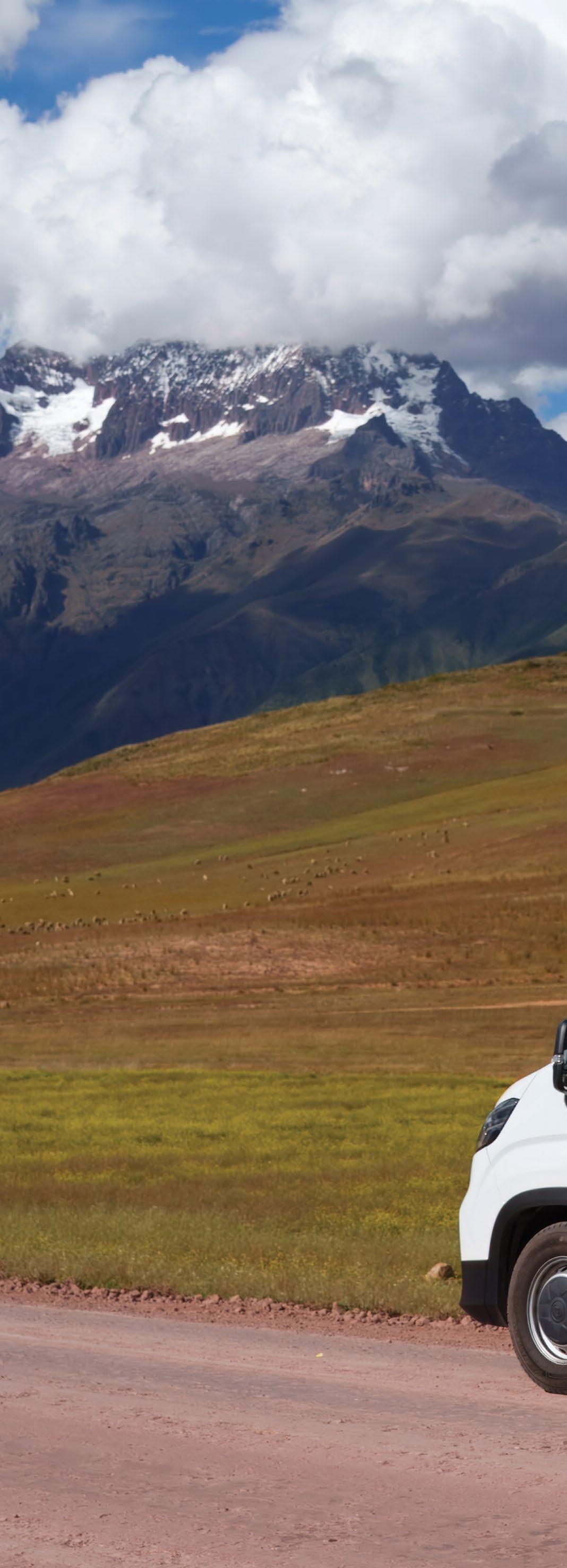
nathab.com/peru-electric
Photo by Nat Hab guest Jazz Zamb
Nat Hab’s planned reduction of Scope 1 and 2 emissions by the year 2030 42%
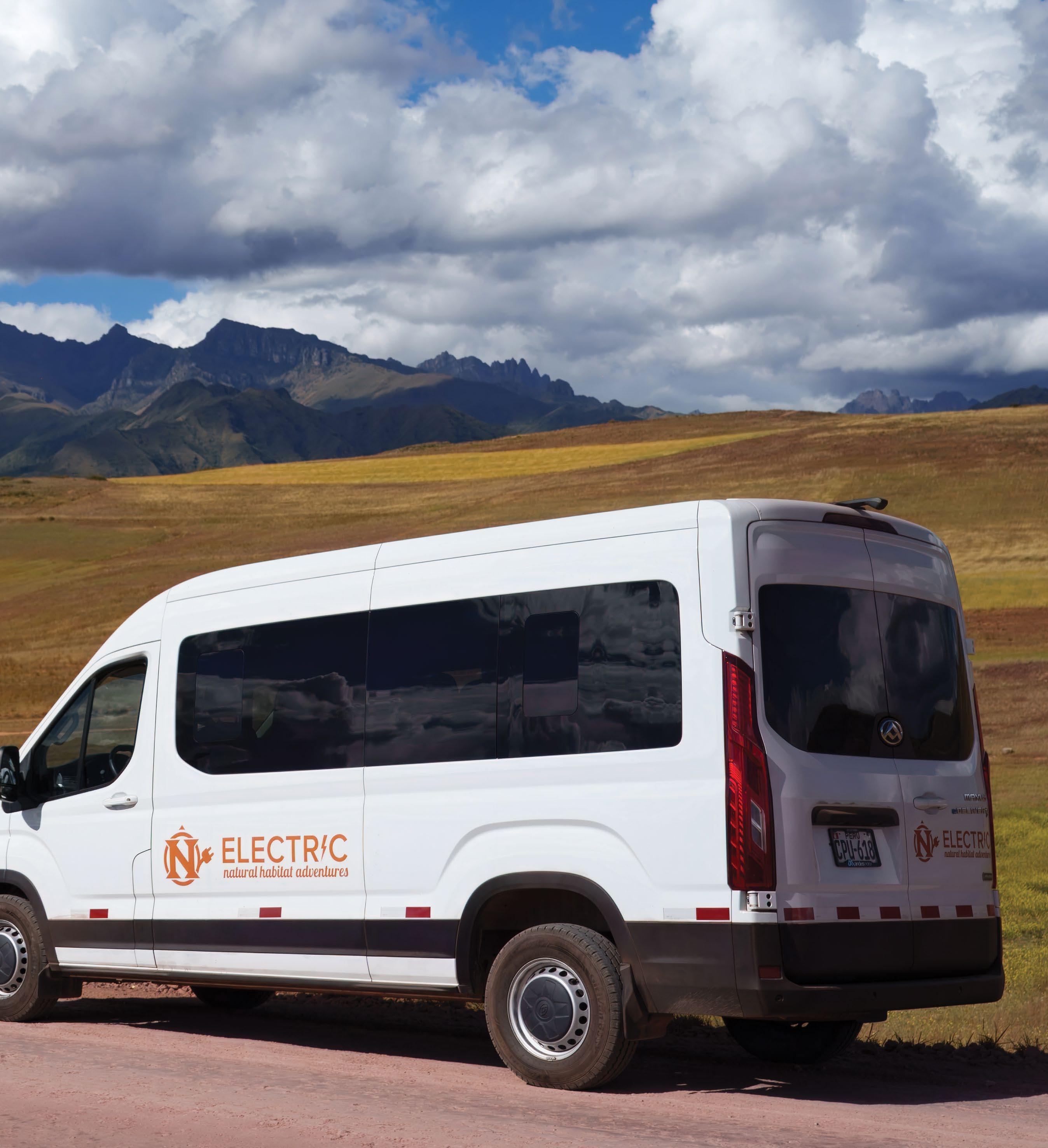
The number of countries where Nat Hab currently has electric vehicles as part of our trips 7
Kgs of CO2 emissions saved on each departure using our Peru EV 180
SPOTLIGHT ON ENHANCED ROCK WEATHERING
There’s an adage that says, “To get something you’ve never had, you have to do something you’ve never done.” Similarly, in order to make radical, sweeping changes to our atmospheric carbon, we need to think outside the box. Enter Enhanced Rock Weathering (ERW), a wildly novel idea that is as practical as it is effective in reducing the amount of carbon in our atmosphere.
SPOTLIGHT
ON ERW
ERW is an innovative and natural approach to carbon dioxide removal that accelerates Earth’s inherent processes to combat climate change. By spreading finely crushed silicate rocks, such as basalt or olivine, onto soils, ERW enhances chemical reactions between the minerals, water and atmospheric CO₂, leading to the formation of stable carbon compounds that are sequestered for millennia.
THE SCIENCE BEHIND ERW
In nature, rock weathering is a slow process by which minerals gradually break down, reacting with CO₂ and water to form bicarbonates that eventually wash into the oceans, storing carbon safely over geological timescales. ERW accelerates this process by increasing the surface area of the rocks through pulverization and then applying them to environments conducive to rapid weathering, such as warm, humid and slightly acidic soils. This hastened reaction captures atmospheric CO₂ more efficiently, converting it into dissolved inorganic carbon that is transported to the oceans, where it will remain sequestered for thousands of years.
IMPLEMENTATION & BENEFITS
Implementing ERW involves sourcing suitable silicate minerals, grinding them into fine particles, and distributing them over agricultural lands. This method not only aids in carbon sequestration but also offers ancillary benefits:
Soil Health Improvement: The dissolution of silicate minerals releases essential nutrients like calcium, magnesium and potassium into the soil, enhancing fertility and potentially boosting crop yields.
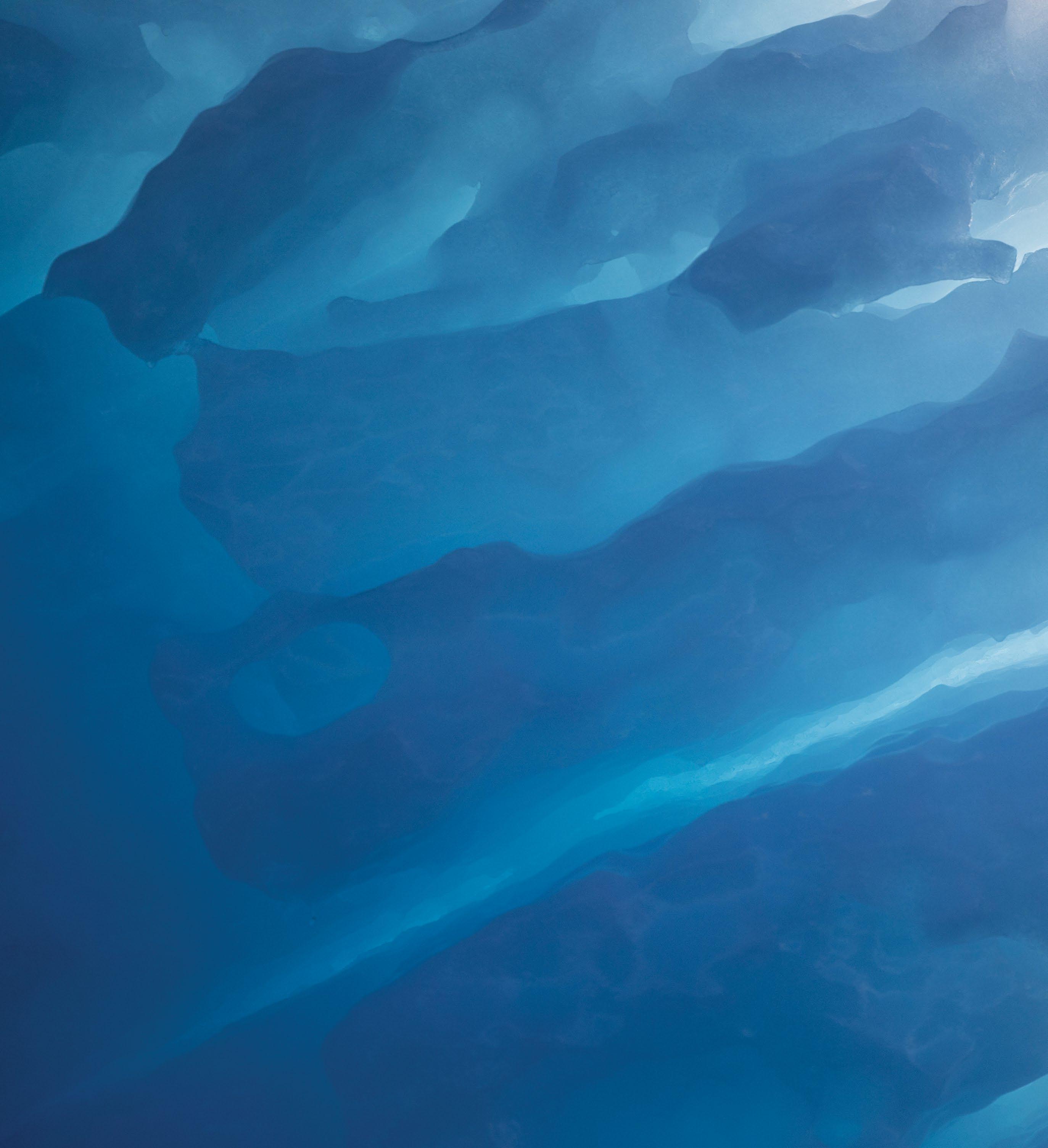
pH Regulation:
Many agricultural soils suffer from acidity, which can hinder plant growth. The application of silicate rock dust can help neutralize soil acidity, creating a more favorable environment for crops.
Utilization of Existing Infrastructure:
ERW can be integrated into current farming practices, utilizing existing equipment and distribution networks, making it a practical and scalable solution.
SCALABILITY & POTENTIAL IMPACT
Studies estimate that ERW has the potential to remove up to two gigatons of CO₂ annually, addressing a significant portion of the global carbon removal targets. By leveraging existing industries such as mining and agriculture, ERW can be rapidly scaled to meet the pressing demands of climate mitigation.
MONITORING & VERIFICATION
A critical aspect of ERW is the accurate measurement of carbon sequestration to ensure the effectiveness of the method. Innovative approaches, such as Eion’s patented direct measurement technique, involve analyzing soil samples before and after mineral application to track carbon removal and assess soil health. This rigorous monitoring framework provides reliable data, essential for verifying the success of ERW initiatives.
NAT HAB & ERW
Nat Hab is happy to invest in this novel technology, which presents a promising avenue for sustainable carbon sequestration, aligning with natural processes to mitigate climate change. Its integration into agricultural practices not only contributes to reducing atmospheric CO₂ levels, but it also enhances soil health and supports food security. For a visual representation of the ERW process and its benefits, please refer to the accompanying infographic.
Minerals are quarried and pulverized

Sea floor subducts into the mantle
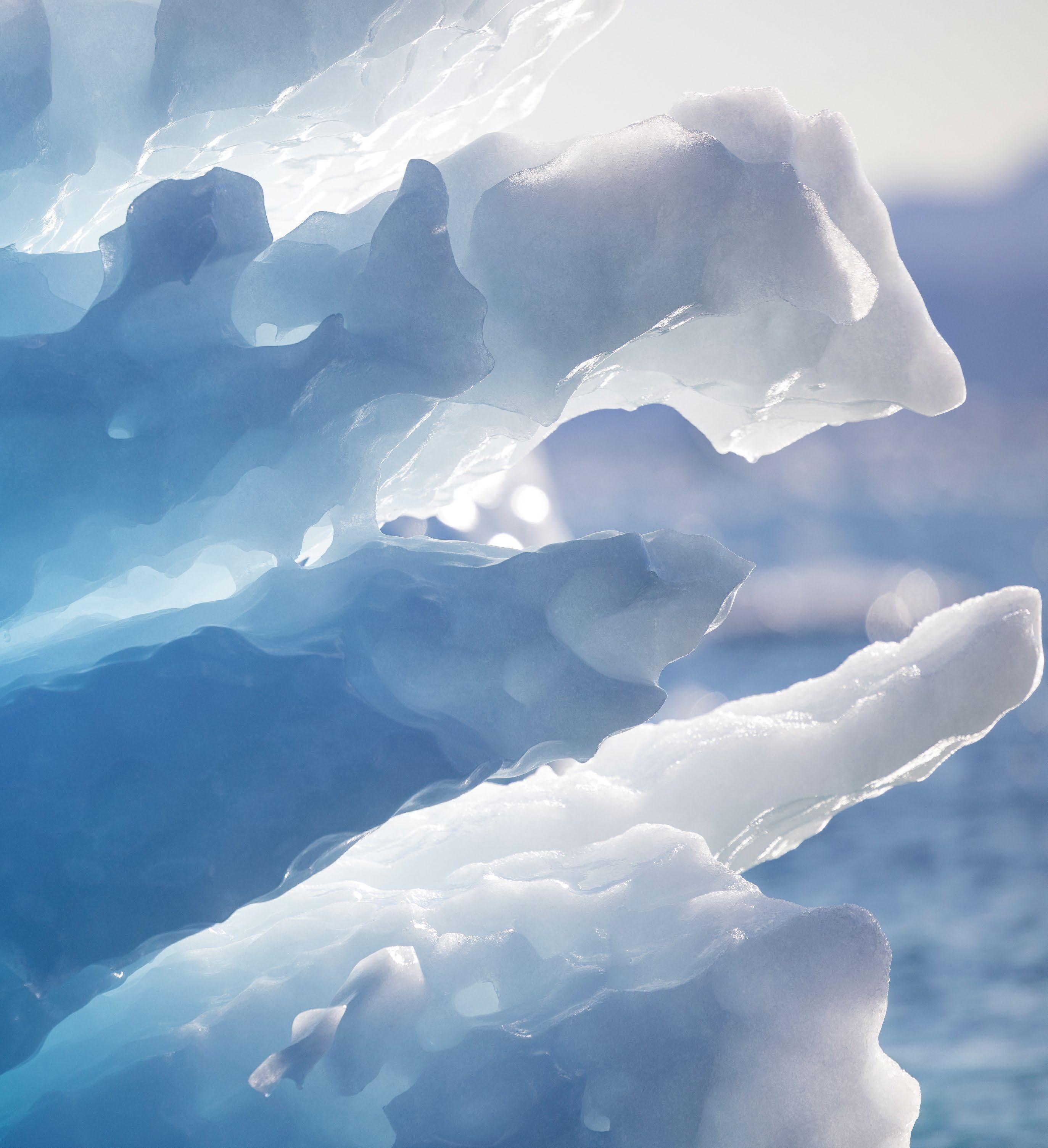
Minerals applied to soil, C02 captured as they weather
Soil pH increases, improving plant growth environment
Alkalinity flux to ocean retains C02 in solution
Carbonates form and fall to sea floor
Carbon + cations flow thru fresh water
Photo by Nat Hab Chief Sustainability Officer Court Whelan, Infographic courtesy of Eion Enhanced Weathering
CARBON-OFFSETTING PROJECTS SUPPORTED BY NAT HAB
In addition to completely offsetting our entire operations, the offset projects we have chosen align with multiple United Nations Sustainable Development Goals. UN SDGs, as they’re often referred to, provide a blueprint for peace and prosperity for people and the planet. If you’d like to read more about the past, present and future of United Nations SDGs, please visit sdgs.un.org/goals.
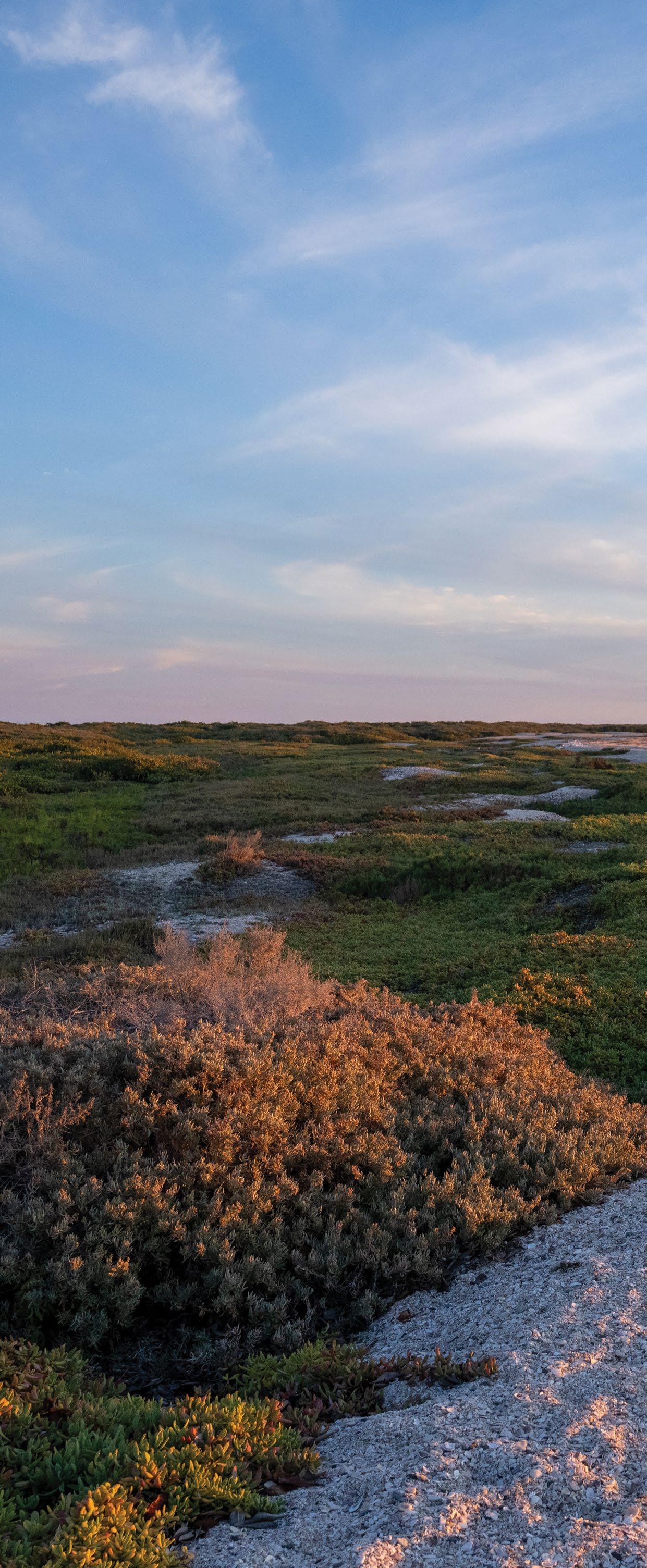

WIND POWER & EMISSIONS REDUCTION
Wind energy is a powerful tool for carbon offsetting, offering a clean alternative to fossil fuel-based electricity generation. The Inner Mongolia Baotou Bayin Wind Power Project in northern China is helping to decarbonize the region’s power grid, which is primarily fueled by coal.
This large-scale wind project has installed 134 Goldwind 77/1500 kW wind turbines, delivering a total installed capacity of 201 MW. Over its 20-year lifetime, the project is expected to generate an average of 465,920 MWh of renewable electricity per year, displacing a significant amount of coal-generated power. By replacing fossil fuel energy with wind power, the project contributes to an annual reduction of 500,678 metric tons of CO₂ equivalent—an emissions savings equivalent to taking more than 100,000 gasoline-powered cars off the road each year.
Beyond reducing greenhouse gas emissions, this wind power initiative also supports energy diversification, improves air quality and helps accelerate China’s transition to a low-carbon energy future. Projects like this play a crucial role in mitigating climate change by cutting emissions at their source while supplying clean, renewable energy.
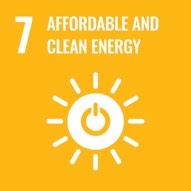
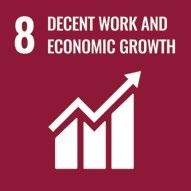
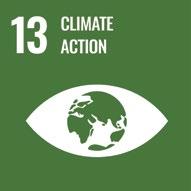
The Impact of the Inner Mongolia Baotou Bayin Project
United Nations Sustainable Development Goals
Photo by Dana Cama

BIOGAS & CARBON OFFSETTING
Biogas—a renewable energy source produced from the decomposition of organic matter such as agricultural waste, manure, plant material, wastewater and food waste in the absence of oxygen—plays a crucial role in carbon offsetting by capturing methane emissions and converting them into a valuable energy source. At SCOUL’s Distillery in Uganda, a significant sustainability transformation was achieved through wastewater treatment innovations.
Previously, the distillery discharged untreated spent wash into anaerobic lagoons, a process that released substantial amounts of methane, a greenhouse gas over 25 times more potent than CO₂ in terms of global warming potential. In 2012, the facility implemented a closed anaerobic digester with a 26-day retention time, effectively capturing methane-rich biogas while reducing chemical oxygen demand by ~70% and biological oxygen demand by ~90%.
Beyond emissions reduction, this system repurposes separated biomass as fertilizer and supports irrigation with treated wastewater, demonstrating that biogas is a circular, low-carbon energy solution essential for effective carbon offsetting in industrial processes.

SOLAR POWER & EMISSIONS REDUCTION
As India’s population surpasses 1 billion and its economy rapidly expands, energy demand continues to soar. Traditionally reliant on fossil fuels, the country is now turning to renewable energy to meet this growing need while cutting greenhouse gas emissions.
A major 300 MW solar power project is helping drive this transition by supplying clean, grid-connected electricity to the regional power network. By replacing fossil fuel-based energy generation, this initiative reduces reliance on coal and other carbon-intensive energy sources, directly supporting India’s climate action goals.
Beyond emissions reduction, solar power contributes to longterm energy security, reducing air pollution, and enhancing grid resilience. This solar farm plays a crucial role in mitigating climate change by preventing thousands of tons of CO₂ emissions annually, helping India move toward a more sustainable and low-carbon energy future.
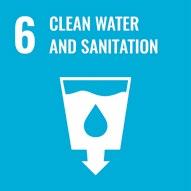

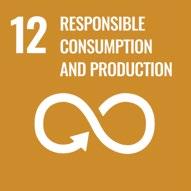




The Impact of a 300-Megawatt Solar Project in India
United Nations Sustainable Development Goals
A Case from SCOUL’s Distillery in Uganda
United Nations Sustainable Development Goals
THE VALUE OF CONSERVATION TRAVEL
Nat Hab’s 2025 Sustainability Report showcases the power of conservation travel. When undertaken responsibly, travel can be a tremendous force for good—and it is one of the most important ways to help save our wild world. Conservation travel transforms mindsets among travelers, host communities and governments alike. It inspires, informs and educates people about aspects of our planet and its inhabitants, which they might otherwise never have a chance to understand. Experiencing nature in person creates a deeper bond with the wild world, prompting more engagement with the many causes and solutions available to help protect it.
However, we must always come back to the foundation of conservation travel, which is the value it bestows upon the natural world, including wild species and their habitats. We are immensely proud of our ongoing initiatives and accomplishments presented in this publication, including our growing scholarship programs, projects supported by Nat Hab Philanthropy, new strides in carbon management, our treasured WWF partnership, and inspiring Nat Hab Films. But, our most important contribution may be the value our travelers bring to the people who live with wildlife and protect wild places.
A growing number of research publications are studying this value, and we find it deeply inspirational to witness how significant these numbers have become. The economic impact our presence has in the places we visit proves that sustaining nature in its intact state is the highest value.
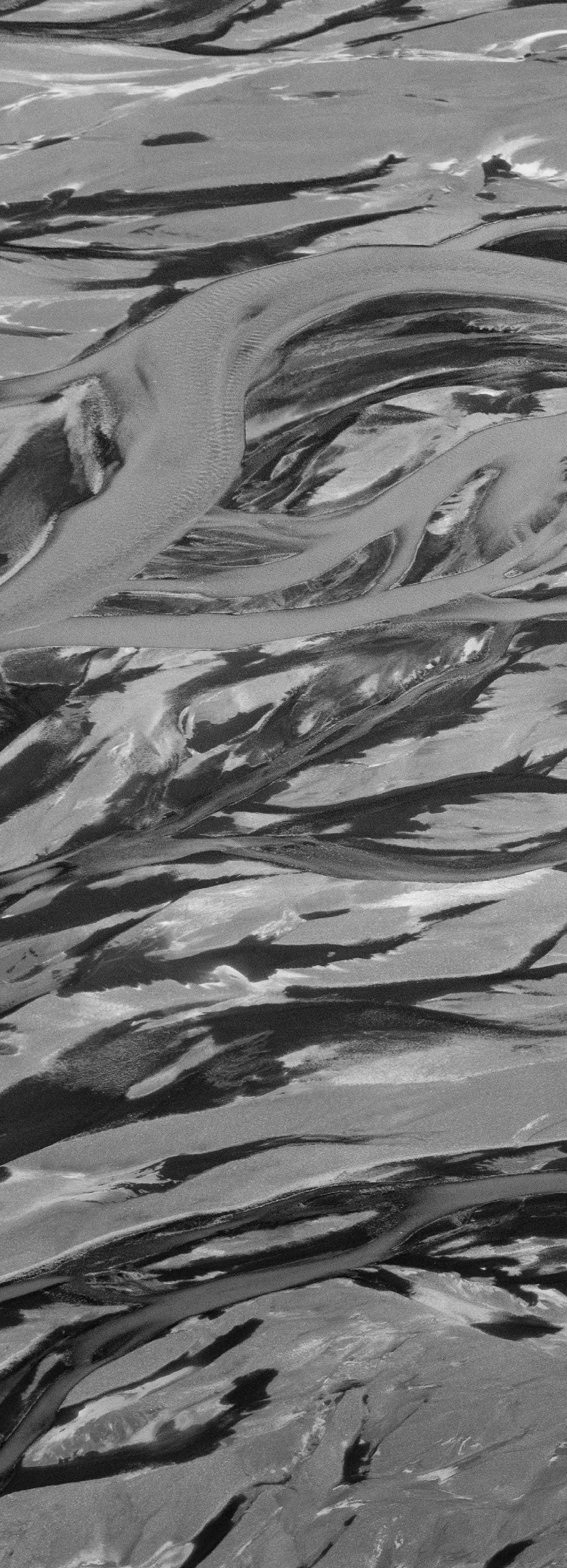
76 x
An elephant is worth 76 times more alive than dead ($1.6M vs. $21K)1
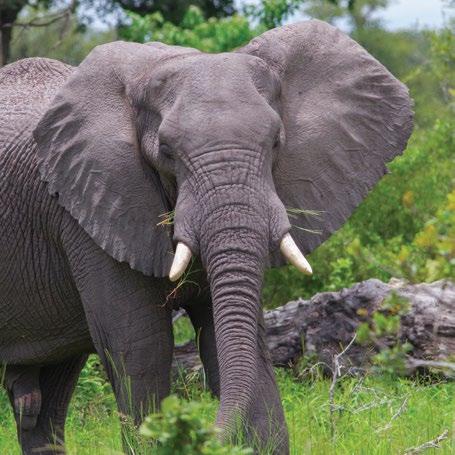
$36M
Annual revenue generated by wolf tourism in the Greater Yellowstone area6


$2B
Spent on wildlife-viewing activities in Alaska yearly by residents and visitors8
Sources: 1David Sheldrick Wildlife Trust, 2Galapagos Conservancy, 3BBC.com, 7TOFTigers Initiative, 9International Gorilla Conservation Program, 10UN
51% Of the Galapagos Islands economy is generated by tourism2
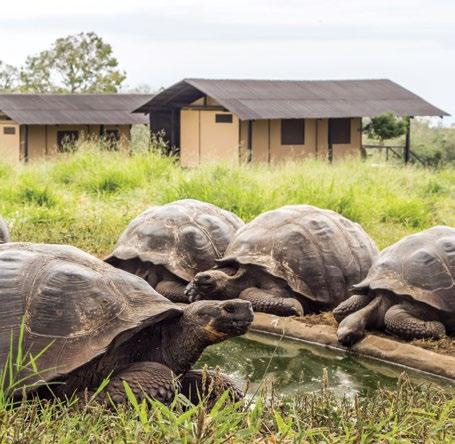
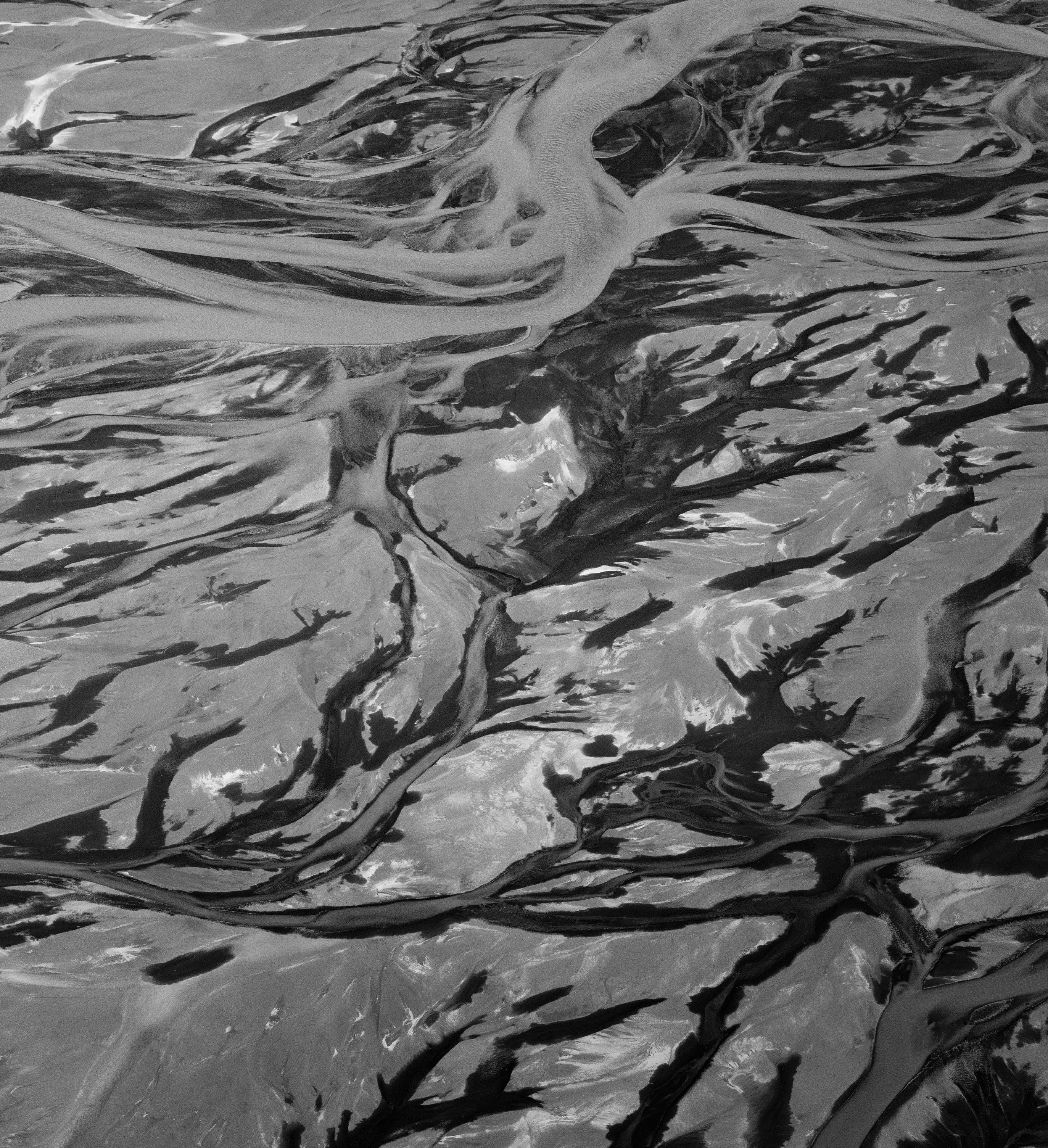
$16B
The total economic value of panda bears to China’s Sichuan Province3
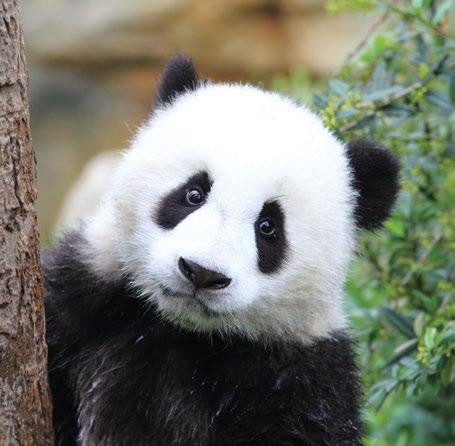
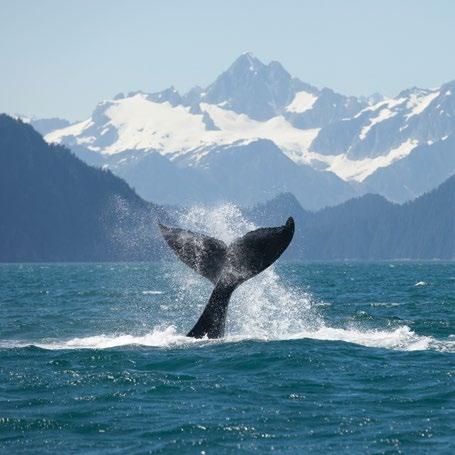
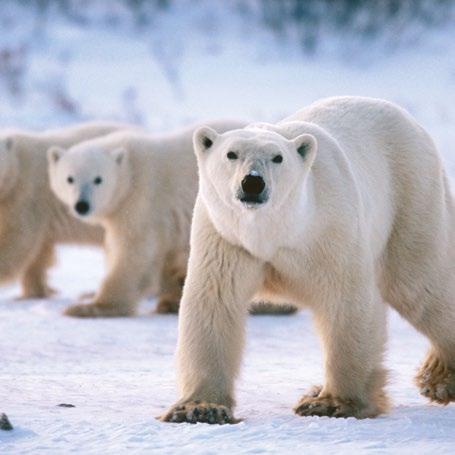
19K
Jobs created by wildlife viewing in Alaska4 Conservation Travel by the Numbers
$6.3B
The socioeconomic value of polar bears to Canadians5
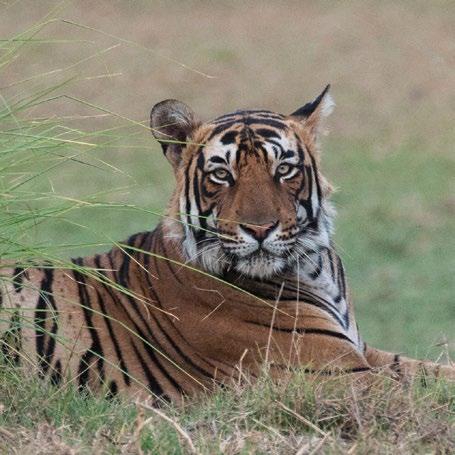

$34M
Annual revenue generated by mountain gorilla tourism9
7.7M
Number of jobs the tourism industry provides in Africa10

$750K
Annual tourism revenue attributed to a single wild tiger in a well-visited reserve in India7

10 x
Every dollar spent on travel and tourism can yield upwards of $10 in economic benefits to local communities11
NAT HAB SUSTAINABILITY TIMELINE
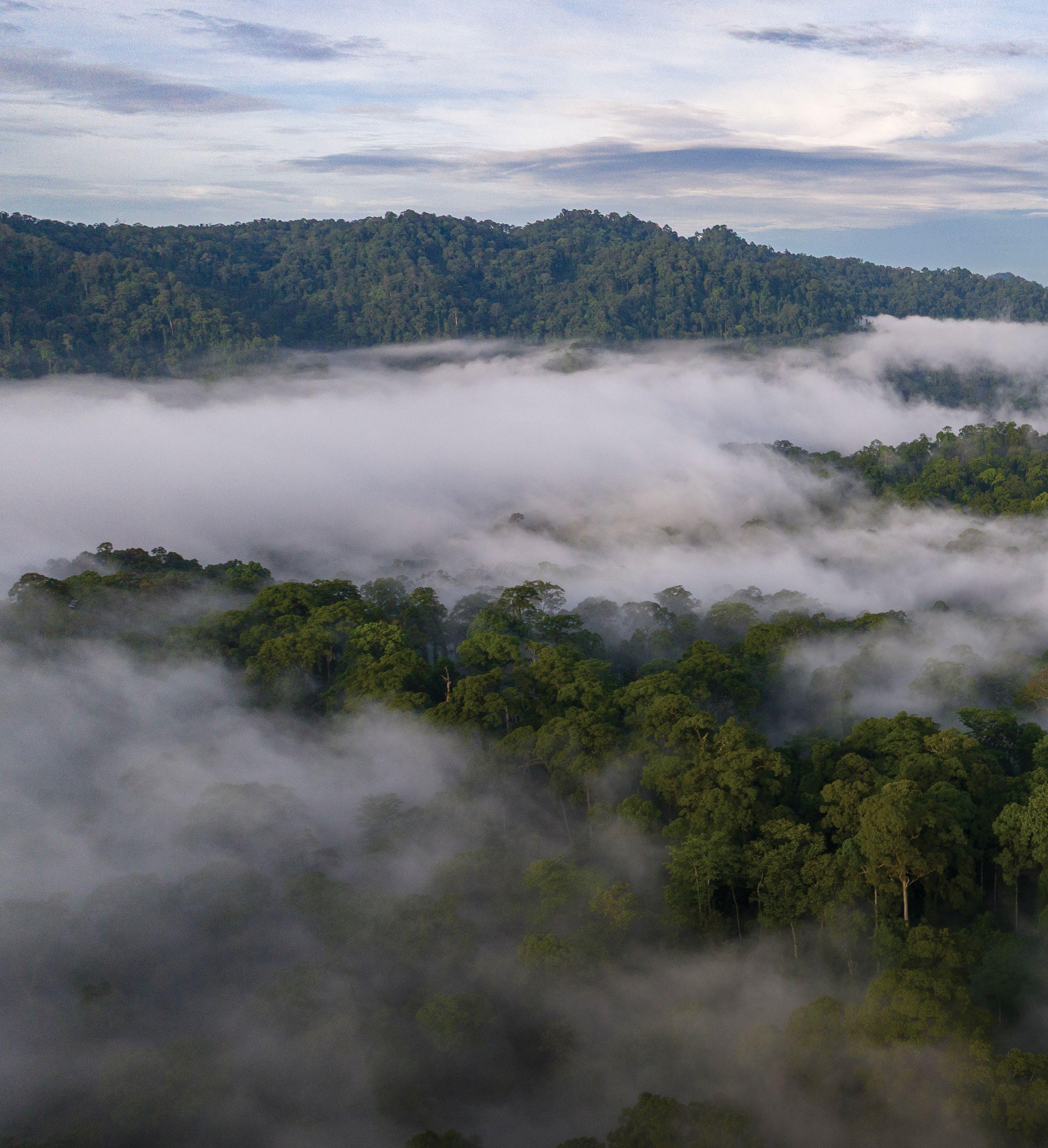
1985
Ben Bressler founded Natural Habitat Adventures
2003
Partnered with World Wildlife Fund to begin running trips to places WWF focuses on
1988
Ran first Harp Seal Watch tours to replace seal hunting with seal watching 1995 Wheels for Whales bike ride from Dublin to Moscow to raise awareness of continued whale hunting in the polar regions
2008
Built the world’s first hybrid safari vehicle, SafariOne, for use on U.S. National Parks trips
2007
Became the world’s first 100% carbon-neutral travel company, offsetting all trips and office operations
2011
Eliminated single-use plastic water bottles from all trips
2016
Joined forces with Lindblad Expeditions to create a family of highly sustainable travel companies
2018
Started planning the world’s first Zero Waste Adventure
2017
Began providing grant funding to roughly a dozen small organizations each year through Nat Hab Philanthropy
Created the Monarch Butterfly Scholarship program, providing free spots for educators on Nat Hab’s monarch migration adventures
Photo by Nat Hab Chief
2019
Began offsetting all our travelers’ flights, nearly quadrupling the total amount of carbon we offset each year
Ran the world’s first Zero Waste Adventure in Yellowstone National Park
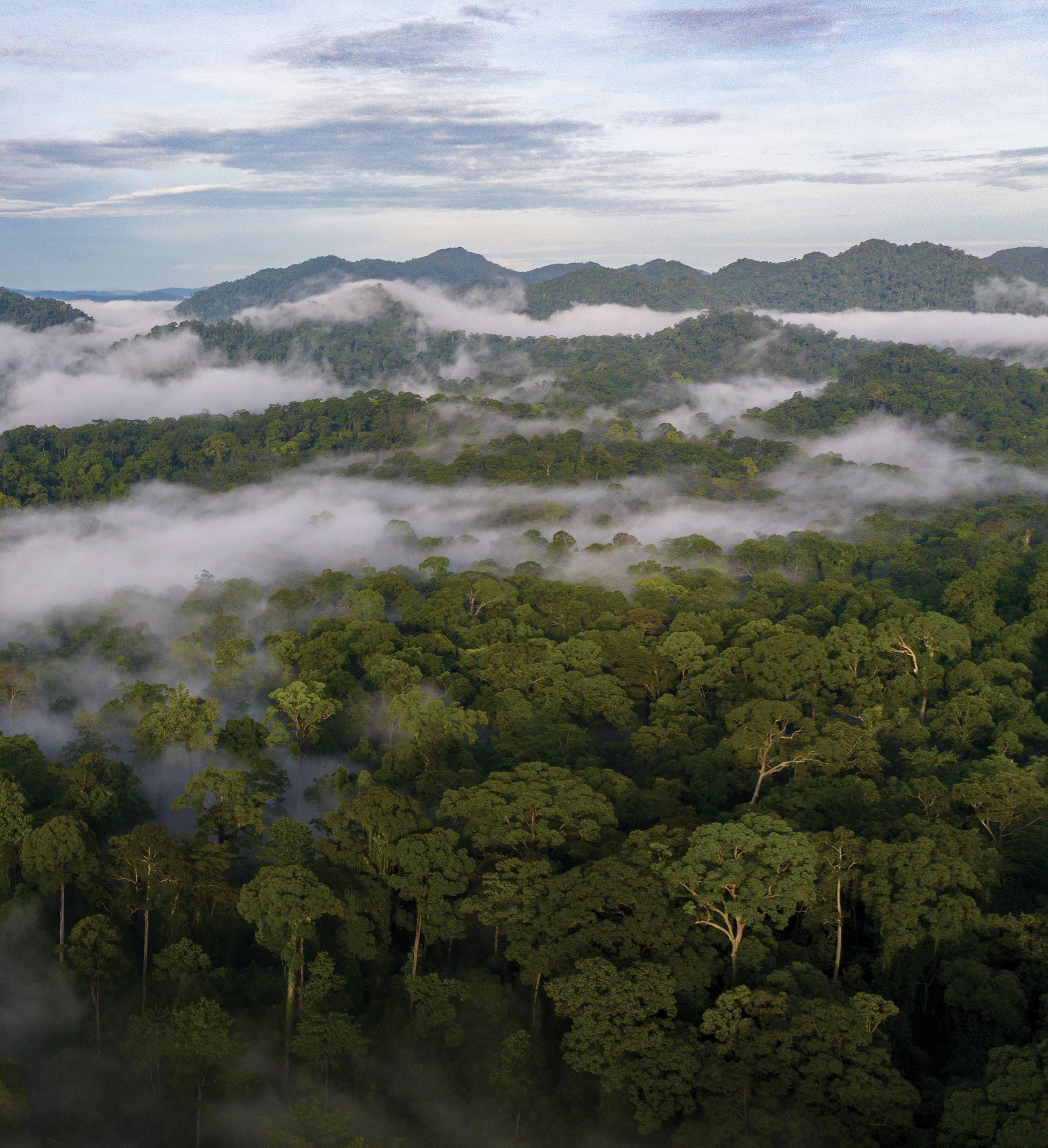
2021
Launched Nat Hab Films, a conservationbased storytelling platform, to our global audience
2023
Built and deployed our first electric safari vehicle in Botswana
Produced our first annual Sustainability Report
Signed on to the Science Based Targets initiative to reduce carbon emissions in line with the Paris Climate Agreement
2025
Debuted a fully electric passenger vehicle in Peru for use on our adventures
Developed and delivered a fully electric passenger vehicle to the UK for all Cotswolds adventures
Rolled out our second electric vehicle in Africa, this time in Tanzania
2020
Formed the Community Relief Fund to help local communities impacted by the devastating tourism halt due to COVID-19, raising and distributing more than $340,000 across the world
2022
Began to invest in and offset some of our emissions using Direct Air Capture technologies to physically remove and sequester carbon
2024
Expanded the Nat Hab Scholarship Program, including more Monarch Teacher Grants, as well as Polar Bear Teacher Grants
Added a fully electric Rivian support vehicle for U.S. National Parks trips
NAT HAB
PHILANTHROPY
People are integral to conservation. This is why Nat Hab strives to incorporate local communities into all we do, from providing training and jobs to engaging in mutual decision-making. And through our Nat Hab Philanthropy program, we directly provide grants for key community projects. By giving back to our local partners, we acknowledge their essential role in our shared efforts to protect the habitats we travel to—and which they live in.
These projects may provide a community service, fill a gap in healthcare or education, or give local people tools they need to conserve the wildlife their economic well-being depends upon. Although wildlife may be the main attraction in many locations, the human stakeholders in those places are crucial to the long-term success of conservation efforts—and we are privileged to play a role in supporting and enhancing the communities we work with.
$345K
Donated to philanthropic efforts worldwide since 2017
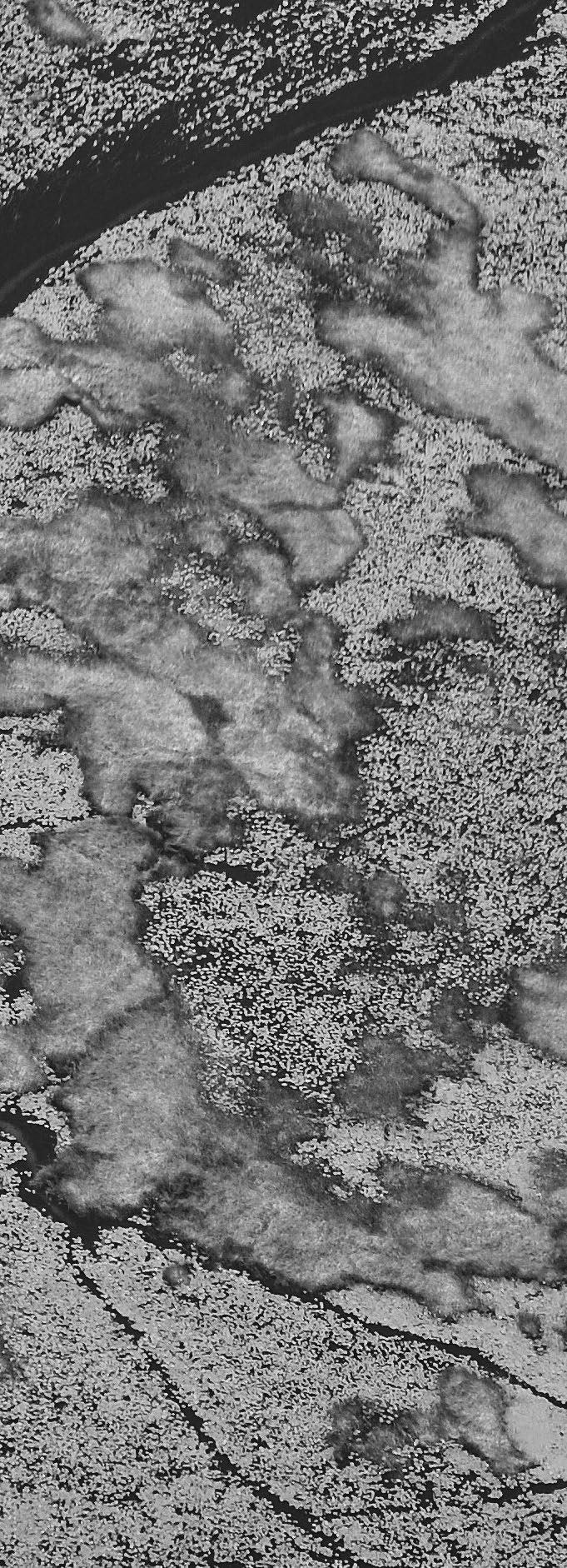


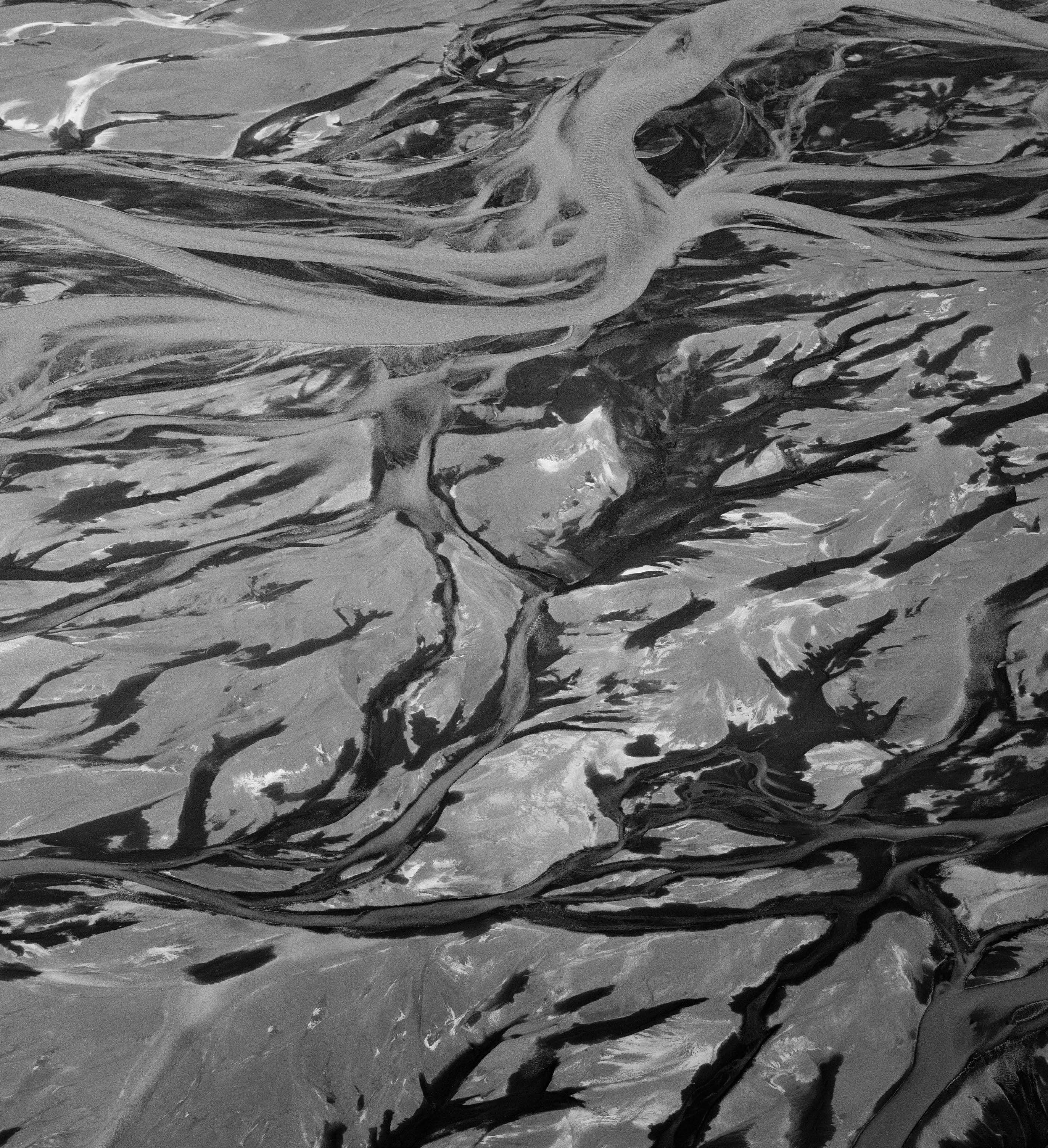
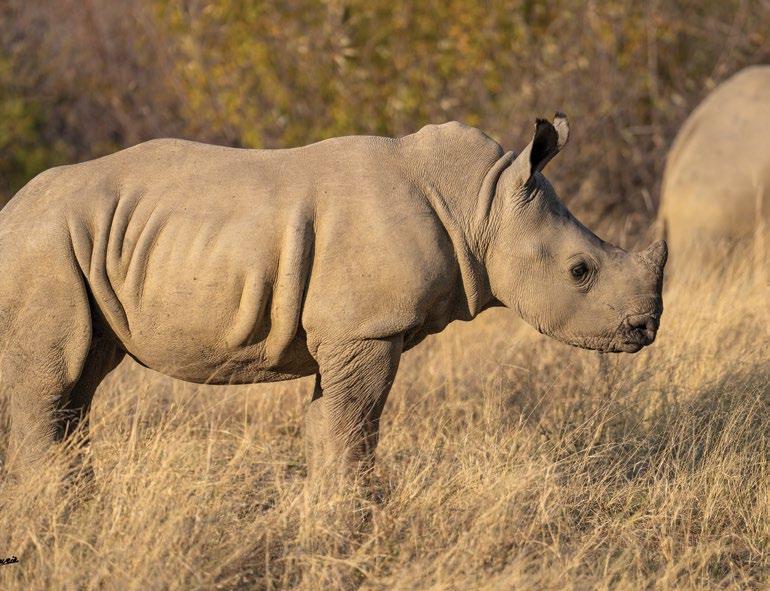
Black Mambas
$1,500
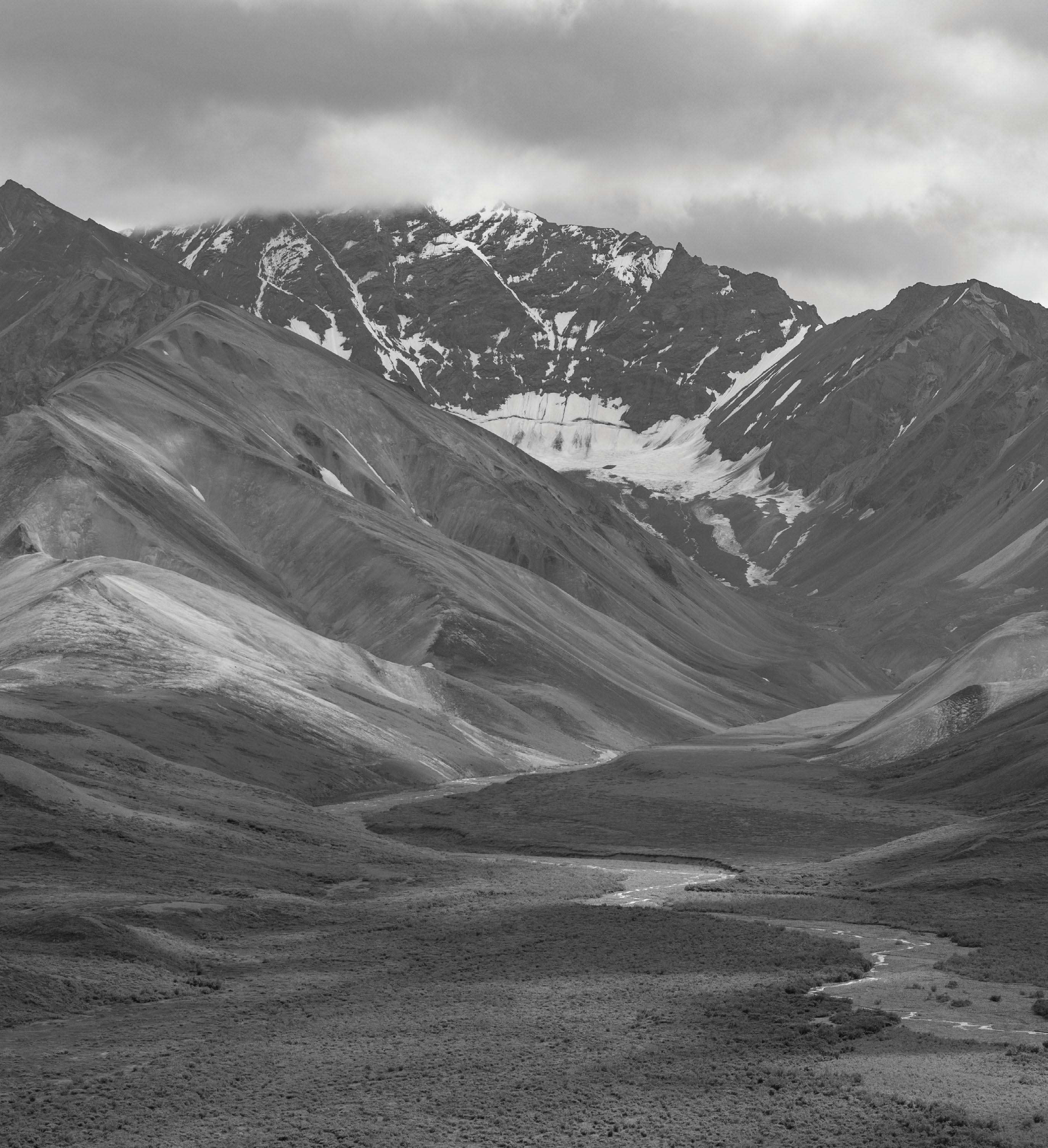
The Black Mambas, an all-woman antipoaching unit based in South Africa, are redefining conservation efforts with their community-centered approach. Our funding supported patrol costs, ensuring these brave women can continue their vital work of protecting endangered wildlife from poaching threats. This initiative not only safeguards biodiversity, it also empowers women in conservation, fostering a culture of sustainability and community collaboration.
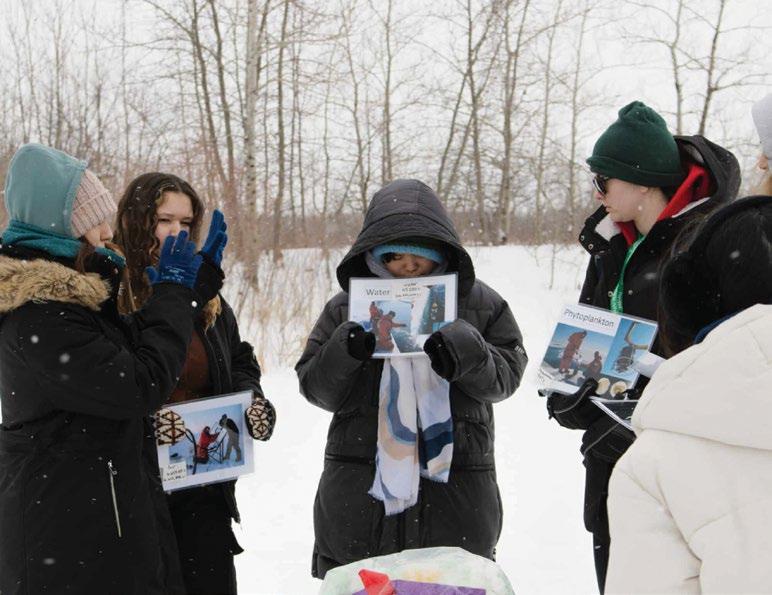
Arctic Science Day
$2,500
FortWhyte Alive is a Winnipeg, Manitoba, educational nonprofit that provides programming and facilities for environmental education, outdoor recreation and social enterprise. For more than 30 years, FortWhyte Alive has given students and teachers opportunities to reconnect and learn about nature, in nature. In March 2024, the organization convened researchers and graduate students from the University of Manitoba’s Center for Earth Observation Science to share current findings on Arctic ecology and the latest in climate change research. With sponsorship from Nat Hab and others, nearly 500 middle and high school students attended the free program, learning about potential careers in Arctic science, educational opportunities and more.
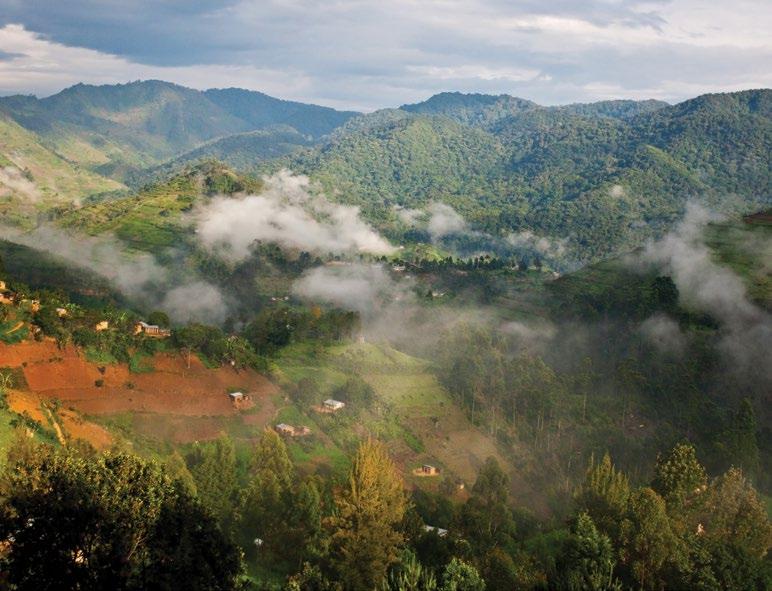
Bwindi Plus Primary School
$2,500
This project established a school farm in Uganda’s Bwindi National Park region to tackle food insecurity and provide hands-on agricultural training to students. Funding from Nat Hab Philanthropy supported the purchase of land and farming resources, enabling the school to grow food for its students while teaching them sustainable farming techniques. This project has improved nutrition, equipped students with valuable skills, and strengthened community resilience.
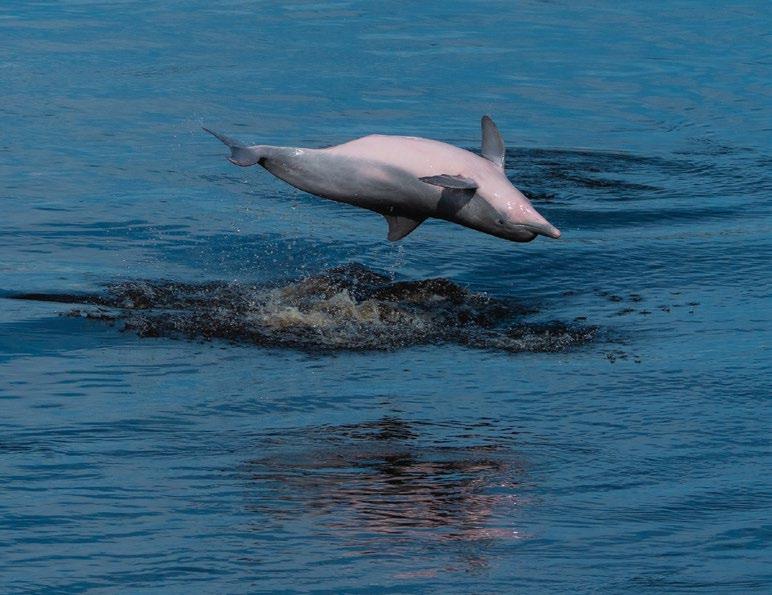
Solinia Pink River Dolphins
$2,500
Solinia is a Peruvian non-profit association dedicated to the conservation of the Amazon pink river dolphin (Inia geoffrensis), an endangered species in the Amazon Basin. Facing threats from habitat destruction, poaching and bycatch, this dolphin requires immediate and collaborative conservation efforts. Through education, research and advocacy, Solinia addresses these challenges with targeted programs to foster awareness and promote sustainable practices. This project conducts workshops in riverside communities to educate children and fishermen about the ecological importance of the species, sustainable fishing practices and active conservation methods.

Galapagos Library
$2,500
The Library for Galapagos (Biblioteca para Galapagos) is the sole communal library in the Galapagos Islands, serving as a vibrant community space. Located in Puerto Ayora on Santa Cruz Island, it provides numerous workshops throughout the year for students of all ages. In addition, the resources it provides foster an array of cultural, educational and recreational activities. Nat Hab is proud to contribute to its mission via a 2024 Nat Hab Philanthropy grant, and we are equally proud to have six of our own Expedition Leaders serving as library volunteers, helping teach and inspire the next generation of Galapagos leaders and educators.
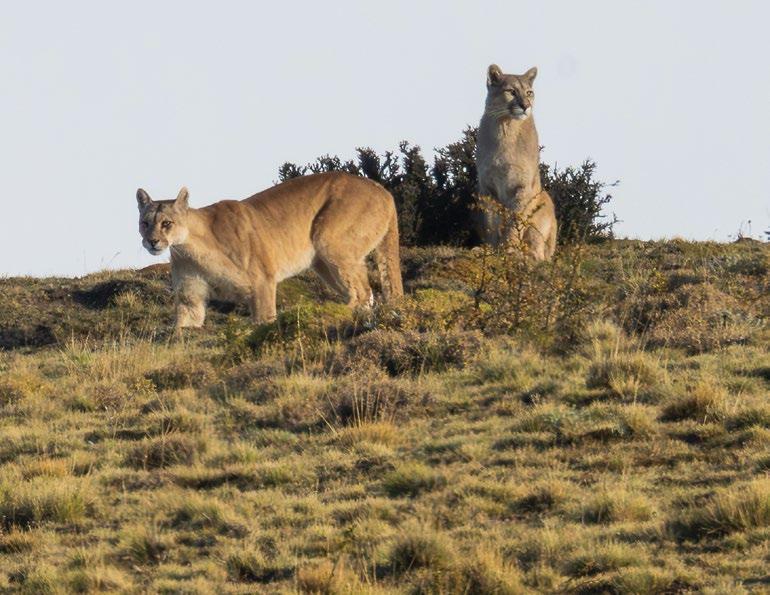
Fundacion Cerro Guido
$2,385
As pumas continue their impressive rebound in Patagonia’s Torres del Paine National Park, human-wildlife conflict is rising. Ensuring the long-term viability of pumas will hinge on minimizing contact between these wild cats and livestock and reducing human-wildlife conflicts. The Cerro Guido Foundation provides technical and management solutions to local farmers to decrease deaths of domestic livestock and prevent human hunting of pumas. To help foster peaceful coexistence between nature and agriculture, Nat Hab Philanthropy funding purchased 10 puma deterrent lights and three camera traps.
Conservation & Biodiversity

Conservation & Biodiversity
Research Education
ZERO WASTE MAP

In 2019, Nat Hab researched, designed and guided the World’s First Zero Waste Adventure in Yellowstone National Park. We’re proud of this achievement, but the planet needs more than just 12 travelers doing Zero Waste perfectly. We need thousands doing it imperfectly on an ongoing basis—and that’s what we are trying to facilitate.

Read below to see how Nat Hab has applied Zero Waste principles and tracked our efforts since our original pioneering Zero Waste trip in 2019. We hope the lessons we’ve learned will inspire others in the travel industry to also strive to reduce their waste and associated carbon emissions. Achieving a healthier planet requires creative thinking, technology and hard work.
ALASKA BEAR CAMP: We collect and transport nearly 100% of food scraps and kitchen compostables to Homer by barge, where they end up composted on a local farm.
CHURCHILL, CANADA: We launched a grant program for local partner hotels to purchase and install shower dispensers for soap, shampoo and conditioner, eliminating single-use toiletries.
CHURCHILL, CANADA: To reduce food waste and packaging, we now pack all field meals in reusable containers and donate leftover food to the local community via a comprehensive food pantry system.
CHURCHILL, CANADA: We implemented a highly successful recycling program that utilizes extra cargo space on flights to haul our (and some of the town’s) recyclables to a Winnipeg recycling plant; we sent more than 2,000 pounds of recyclables to Winnipeg in 2023.
YELLOWSTONE NATIONAL PARK: We switched to a family-style picnic meal program to reduce waste, minimize prepackaged boxed lunches, and facilitate composting and recycling.
GLACIER NATIONAL PARK: We source bulk snacks and provide reusable “stash bags” for guests to make their own trail mix as an alternative to buying individual snacks throughout the adventure.
NAT HAB OFFICE: We contract with TerraCycle, which specializes in difficult-to-recycle materials, to recycle packaging, kitchen items and more. We also source and supply bulk snacks for our staff, and we recycle and compost in the office and at all company events.
NAT HAB FIELD TEAM TRAININGS: In addition to robust recycling and composting programs at each training, we also prioritize sourcing recycled content, like 100% postconsumer recycled trash bags, to help create a market for recycled content.
MEXICO: We have eliminated single-use plastic water bottles by providing guests with water bottles and stocking lodging and vehicles with refillable 5-gallon water containers.
COSTA RICA: We minimize food waste by preparing and serving family-style meals whenever possible. Encouraging guests to consider sharing appetizers and desserts at restaurants with large portions also minimizes food waste.
GALAPAGOS: We have replaced single-use containers with reusable ones in all possible spots, including insulated coffee creamer thermoses, bulk snacks, and toiletry dispensers at sinks and in showers. We have also eliminated the use of plastic cling wrap. Enhanced waste sorting better identifies recyclables, compostables and landfill items.
BRAZIL’S PANTANAL: Our hotel and lodge partners have eliminated single-use plastic in-room toiletries, and our aluminum can recycling program has achieved a 100% success rate.
BASE CAMP GREENLAND: Funding a cold-weather greenhouse program in the nearby village to grow greens and veggies for our Base Camp eliminates the need to import from elsewhere. This reduces shipping emissions and helps the community with their local food production while minimizing food waste due to spoilage or oversupply.
SCOTLAND: We use TerraCycle throughout the trip for hard-to-recycle materials, including packaging, plastic scraps and more.
COTSWOLDS: We collaborate with our local partners in England to drastically reduce emissions throughout the trip with a focus on hotels, vehicles, meals and activities. To date, our Cotswolds program has the lowest daily emissions rate per guest across all Nat Hab trips.
KENYA & TANZANIA: We minimize food waste and food packaging by offering bulk snacks during teatime and with sundowners. During safari expeditions, we store food in airtight containers to prolong freshness and minimize waste.
BOTSWANA & NAMIBIA: We minimize food waste during bush lunches by preparing and serving food family-style and repurposing leftovers into future meals. For instance, leftover bread becomes croutons, or leftover fruit is incorporated into dessert.
MADAGASCAR: We use Nat Hab-owned tiffin pots— reusable food containers—instead of single-use options provided by hotels and restaurants. By supplying our tiffin pots to restaurants to fill for meals, we’re also using influence and inspiration to demonstrate alternatives to single-use containers.
Visit nathab.com/zero-waste to learn more about our Toward Zero Waste initiatives.
NAT HAB SCHOLARSHIPS
Although creating a conservation culture aids in day-to-day action and change, sweeping change typically happens on a generational timeframe. This is one of the many reasons we believe that inspiring and “teaching the teachers” is a cornerstone for conservation.
In 2024, we welcomed more Nat Hab Scholarship recipients on our Mexico monarch migration and Canada polar bear adventures. And as we grow as a company, so does our scholarship program. In early 2025, we hosted four educators from across the U.S. on our monarch migration adventures, doubling our efforts and doubling our impact. We believe that the ripple effects from such experiences provide a disproportionate positive impact for future generations, raising the bar on conservation in an exponential and meaningful way.
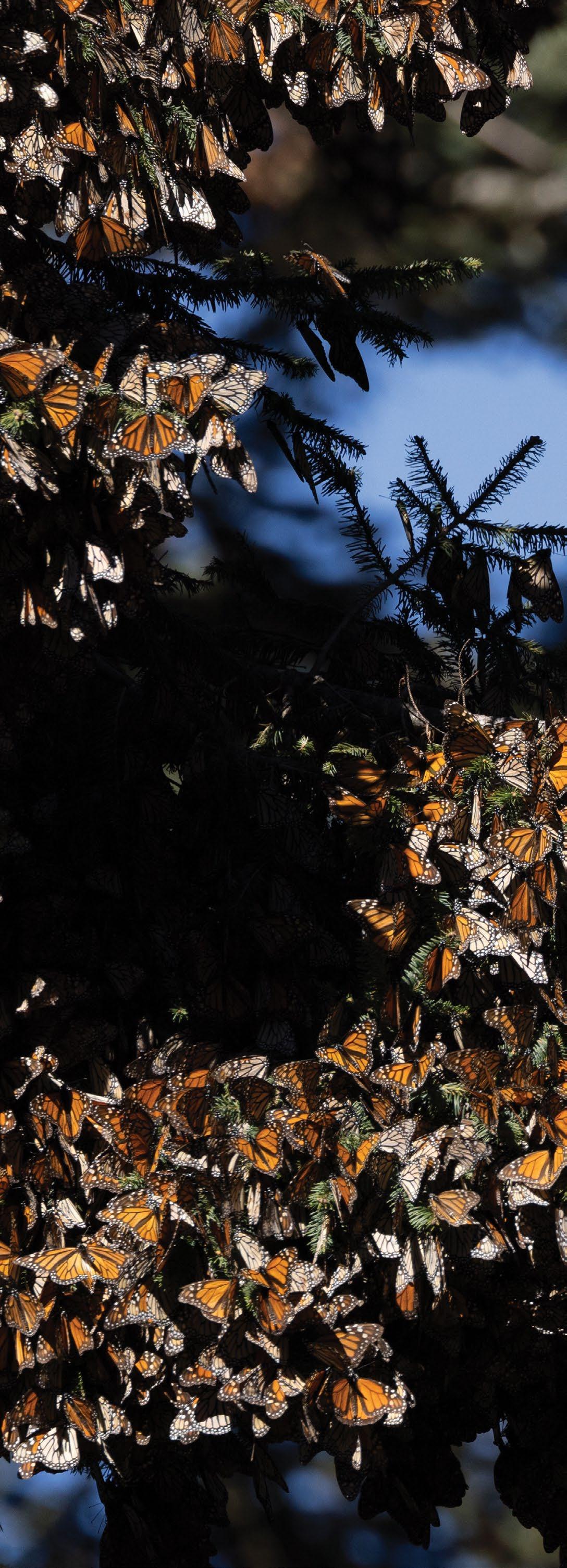
nathab.com/PB-app
MEXICO MONARCH MIGRATION

Photo by Nat Hab Chief Sustainability Officer Court Whelan
SUSTAINABILITY SURVEY RESULTS
The philosophy of conservation travel—that advocates and ambassadors for the environment are created through meaningful experiences in nature—is clear. However, we wanted to know more specifically how this outcome is accomplished. In 2024, we conducted Nat Hab’s first Sustainability Survey to better understand the impacts of sustainable nature travel on individuals’ behavior. We are enthused by the results of this initial survey—so much so that we are working with researchers at the University of Colorado Boulder on data analysis and survey design, which will be incorporated into future surveys on the subject.
If you would like to be part of this cutting-edge research involving simple survey methods, use this code or link.
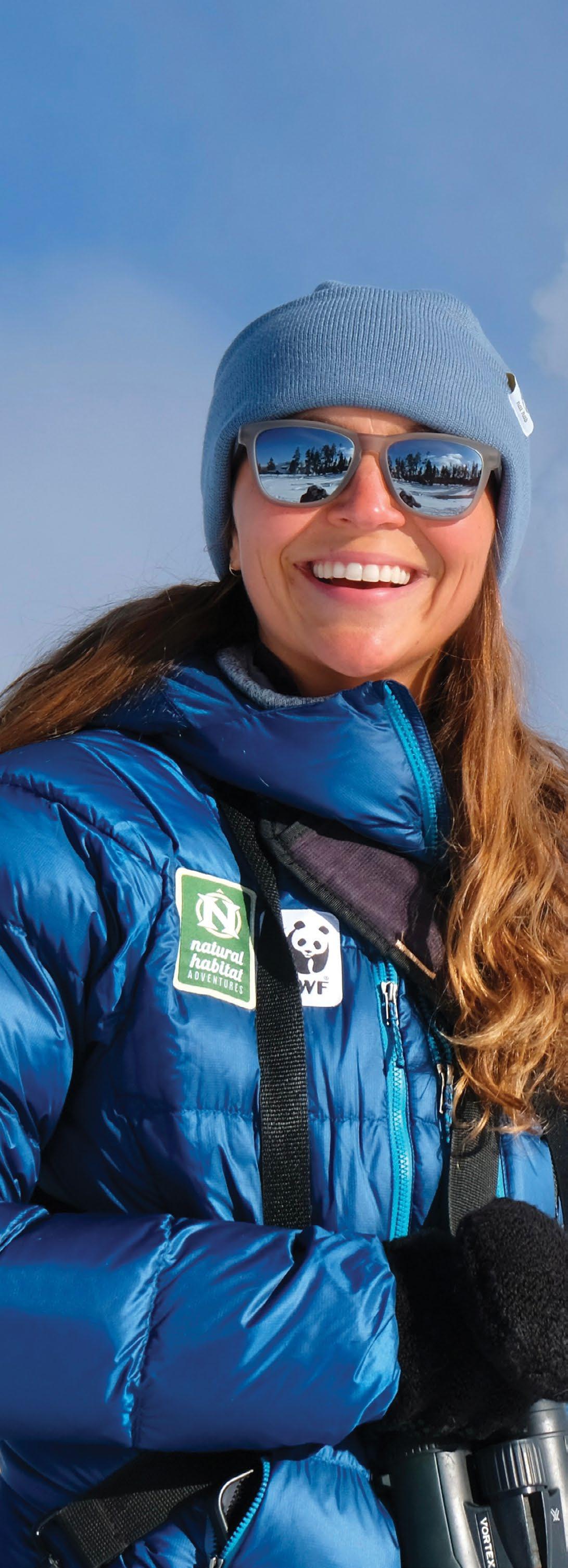
nathab.com/sustainability25
Photo by Nat Hab guest Arthur Kampmann
RAISING AWARENESS & ENHANCING CONSERVATION
97% believe that sustainable travel experiences significantly promote environmental awareness and conservation. This result underscores the role of travel in educating and inspiring people to support conservation efforts.
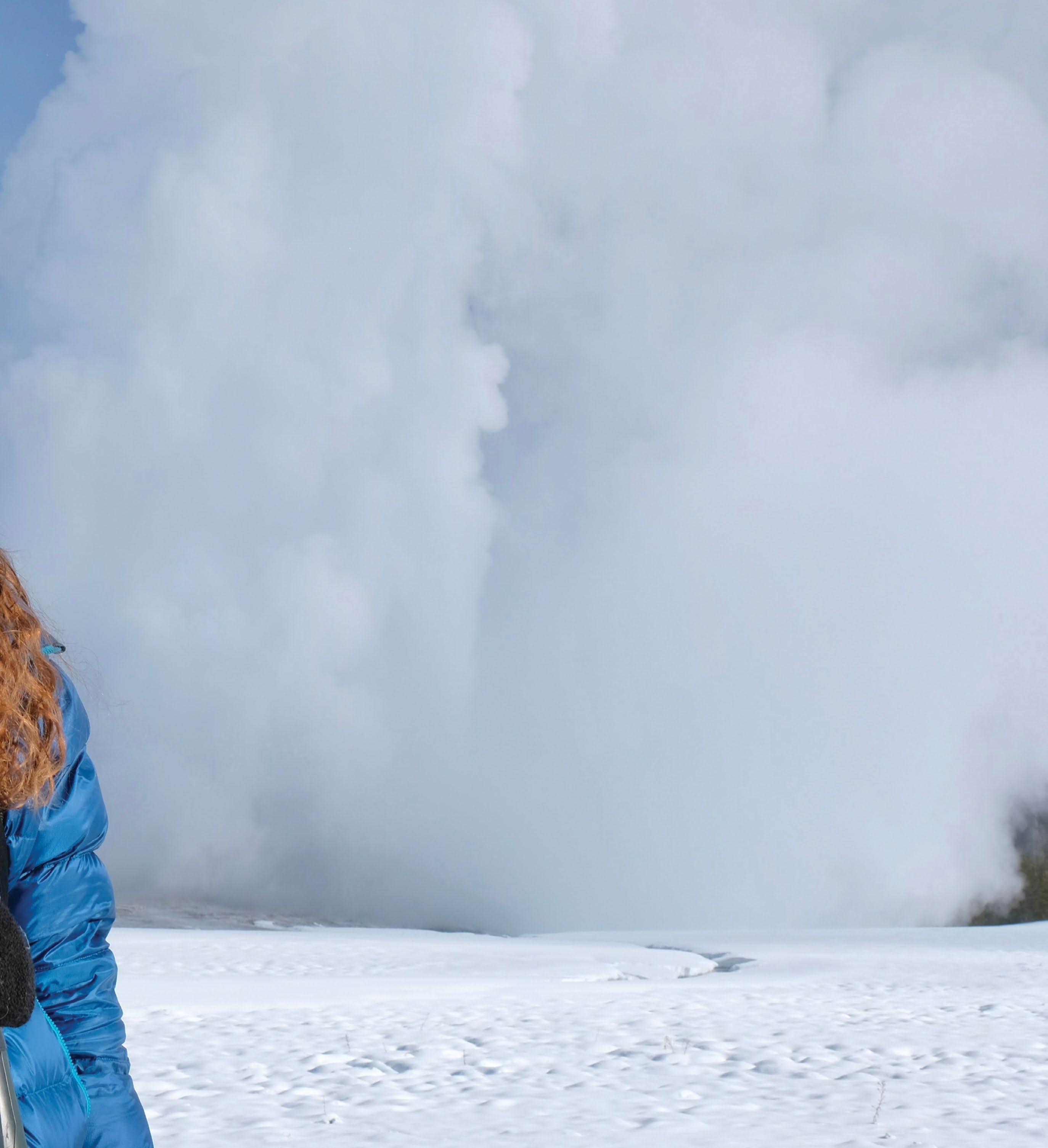
97%
ROLE OF SUSTAINABILITY IN TRAVEL DECISION-MAKING
81% 65%
81% consider sustainability efforts when choosing a travel company, signifying its importance in consumer preferences.
Notably, 65% are willing to pay more for a trip if a company prioritizes sustainability.
SHARING SUSTAINABILITY STORIES
66% of travelers shared Nat Hab’s sustainability initiatives with friends or family post-trip, amplifying the impact beyond the immediate group of travelers.
66%
POSITIVE IMPACT OF SUSTAINABILITY INITIATIVES ON EXPERIENCE
97%
97% of respondents stated that Nat Hab's on-trip sustainability initiatives contributed to a positive overall travel experience.
CONSERVATION FILMS
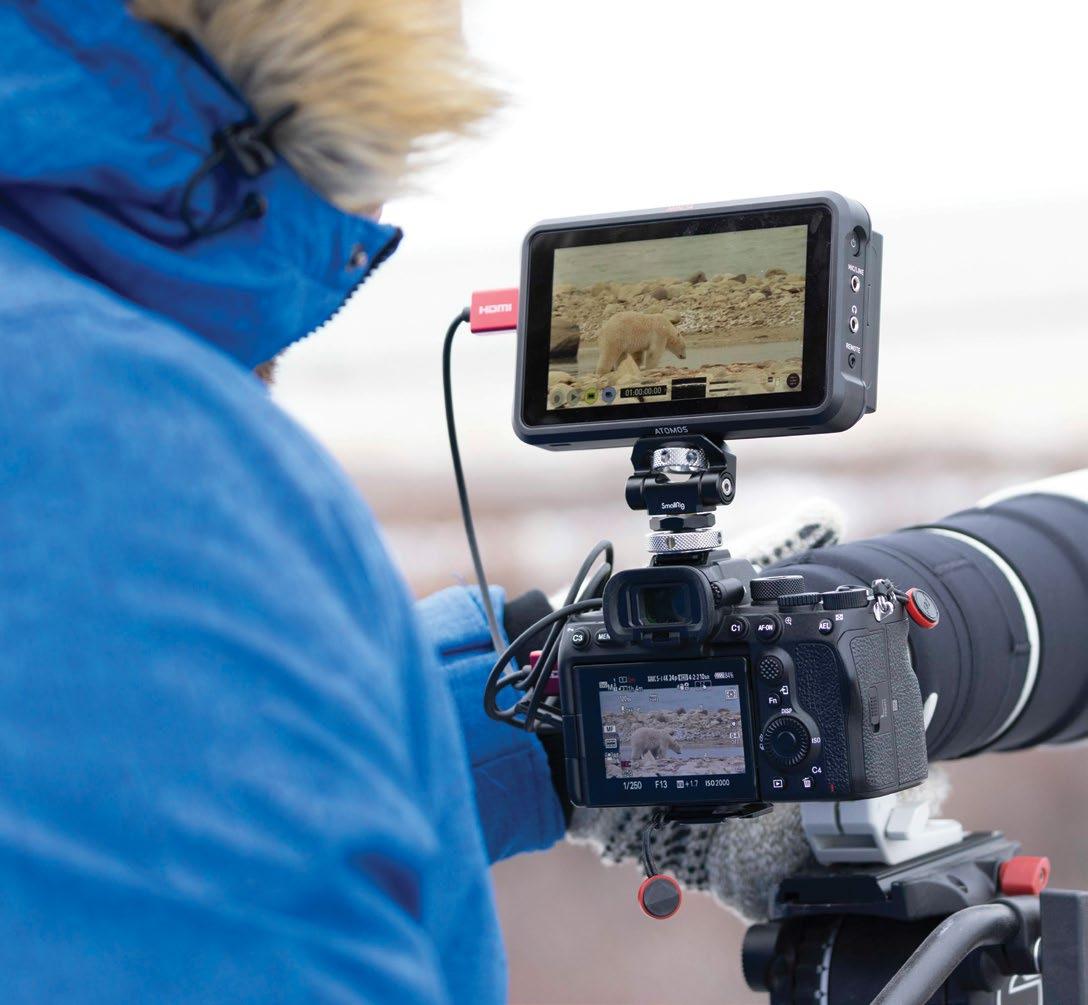
When it comes to defining the “why” of what we do at Nat Hab, our mission statement is clear: conservation through exploration.
But exploration can take many forms. While the conventional thought is that travel is a requisite for exploration, our Nat Hab Films team has created exploration opportunities for anyone with access to a screen.
While 2024 wasn’t the first year we began producing high-quality conservation-focused short films, it was perhaps our most momentous year so far, as we finished six new films on a wide range of subjects, including the value of jaguar conservation to local livelihoods in Brazil; the power of family connections in The Silverback, about Africa’s mountain gorillas; and our most ambitious conservation film project to date, involving more than three months of filming in remote regions of Alaska to produce The Bear Coast.
These films are a portal into stunning natural beauty, along with insight into the interaction of nature and the human spirit—essential for the conservation enterprise. We invite you to watch these Nat Hab Films by visiting nathabfilms.com or by scanning the QR codes on the right page with your phone.
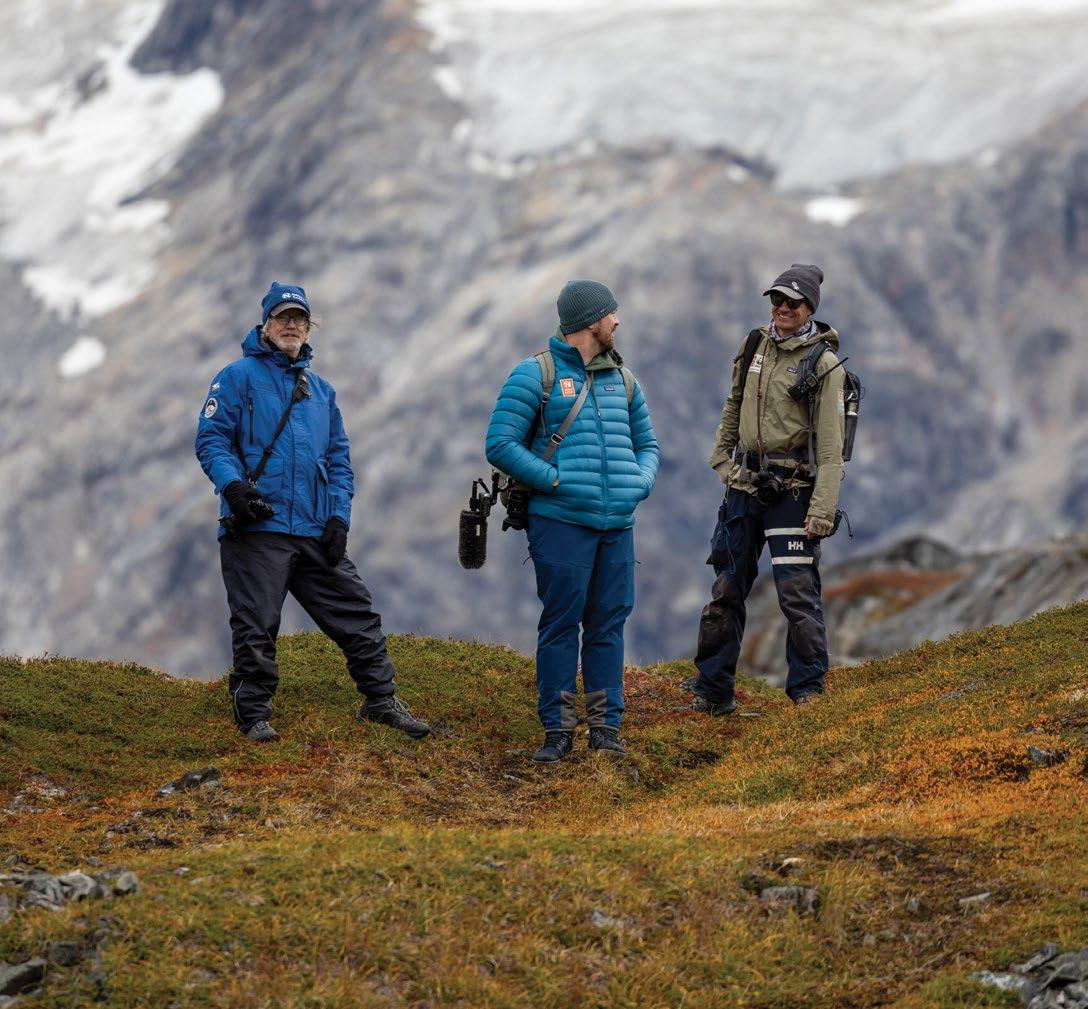
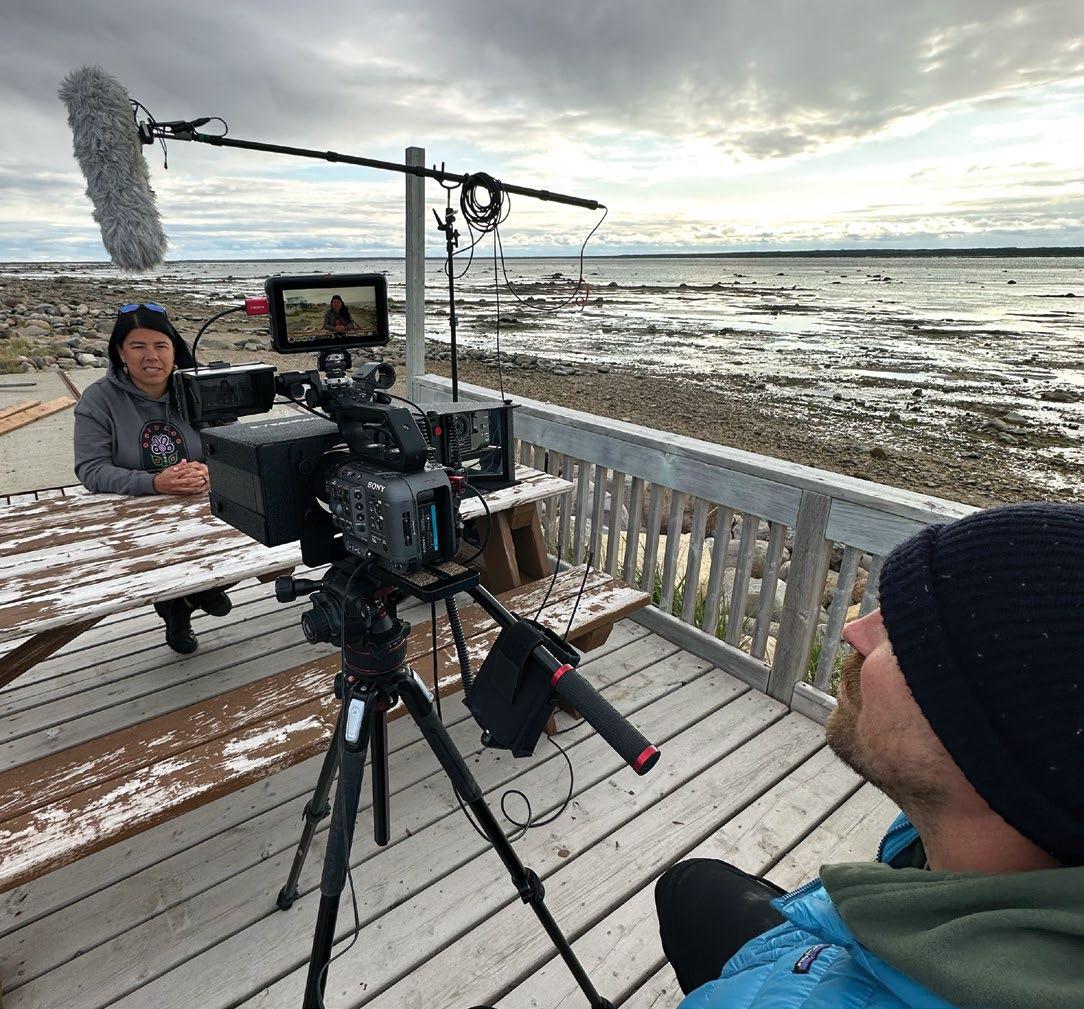
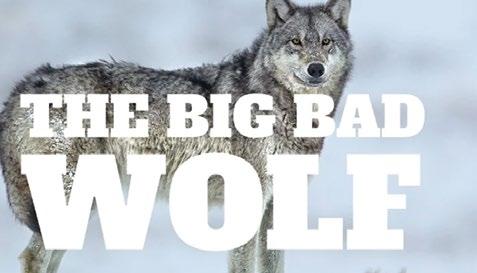
Gray wolves were reintroduced to America’s first national park in 1995, more than a century after they were eradicated from the Yellowstone region. As these wolves began to thrive again in the wild, so did controversy. Watch this short film to learn more about the conservation challenges faced by Yellowstone’s wolves and how you can have a respectful wolf encounter of your own.
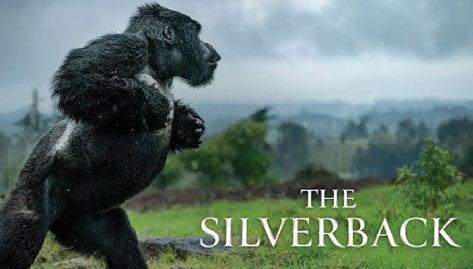
Africa’s endangered mountain gorillas have family units similar to our own, inspiring a strong human connection to these great apes. This primal allure is powerful for safari guide Richard De Gouveia, whose journey to becoming an Expedition Leader was shaped by tragedy. Watch this short film to discover how Richard’s relationships with his family and nature inspired him to lead travelers to meet the wild primates of Uganda and Rwanda and help protect them for future generations.
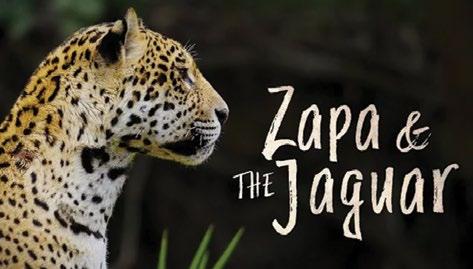
Naturalist guide Cassiano “Zapa” Zaniboni rarely saw jaguars when he started leading wildlife safaris through the Pantanal wetlands in Brazil decades ago. Now, these elegant predators are making a comeback. Watch this short film to find out why this Expedition Leader is passionate about protecting threatened jaguars in the world’s largest seasonal floodplain.
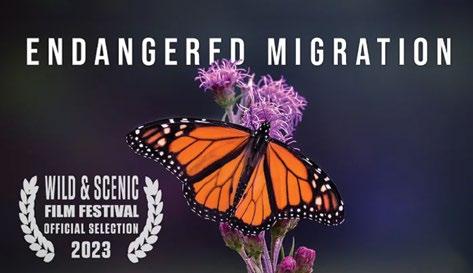
The annual monarch butterfly migration to Mexico is at risk, and the International Union for Conservation of Nature (IUCN) has listed the monarch as an endangered species. Together, local communities and WWF have made progress toward protecting monarch habitat in the high-altitude forests the butterflies migrate to each winter. People in the U.S. and Canada can support monarchs through other stages of the insects’ lifecycle by preserving habitat and food sources like milkweed.
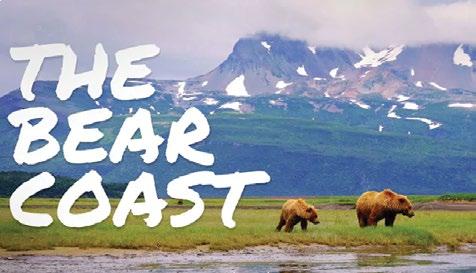
Meet a group of passionate Alaskans who talk about the importance of protecting the Alaska Peninsula’s pristine wilderness for the animals and people who depend on its rich natural resources. Alaska’s wild brown bears—and the salmon they subsist on—face many threats, including from mining, oil and natural gas extraction, and a changing climate. Discover how you can help support conservation efforts to preserve this critically important area of wild Alaska for generations to come.
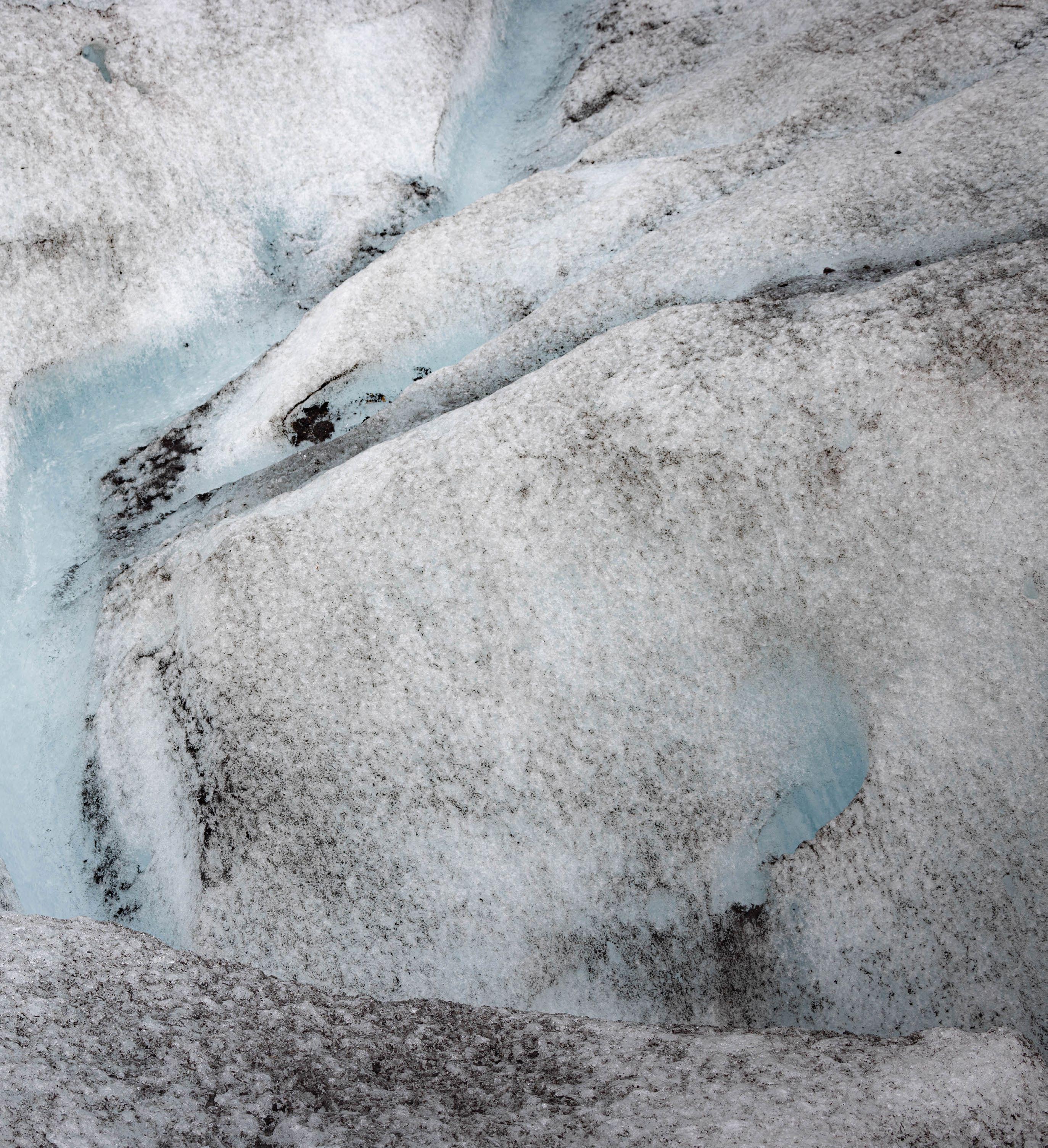
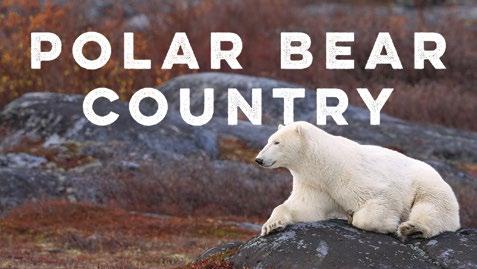
Join us on this soul-stirring journey into the realm of the polar bear as we follow the life-changing experiences of Nat Hab guests, Expedition Leaders and a WWF scientist during a trip to Churchill, Manitoba—the Polar Bear Capital of the World. Learn how the power of conservation travel can help protect a threatened species like polar bears for generations to come.
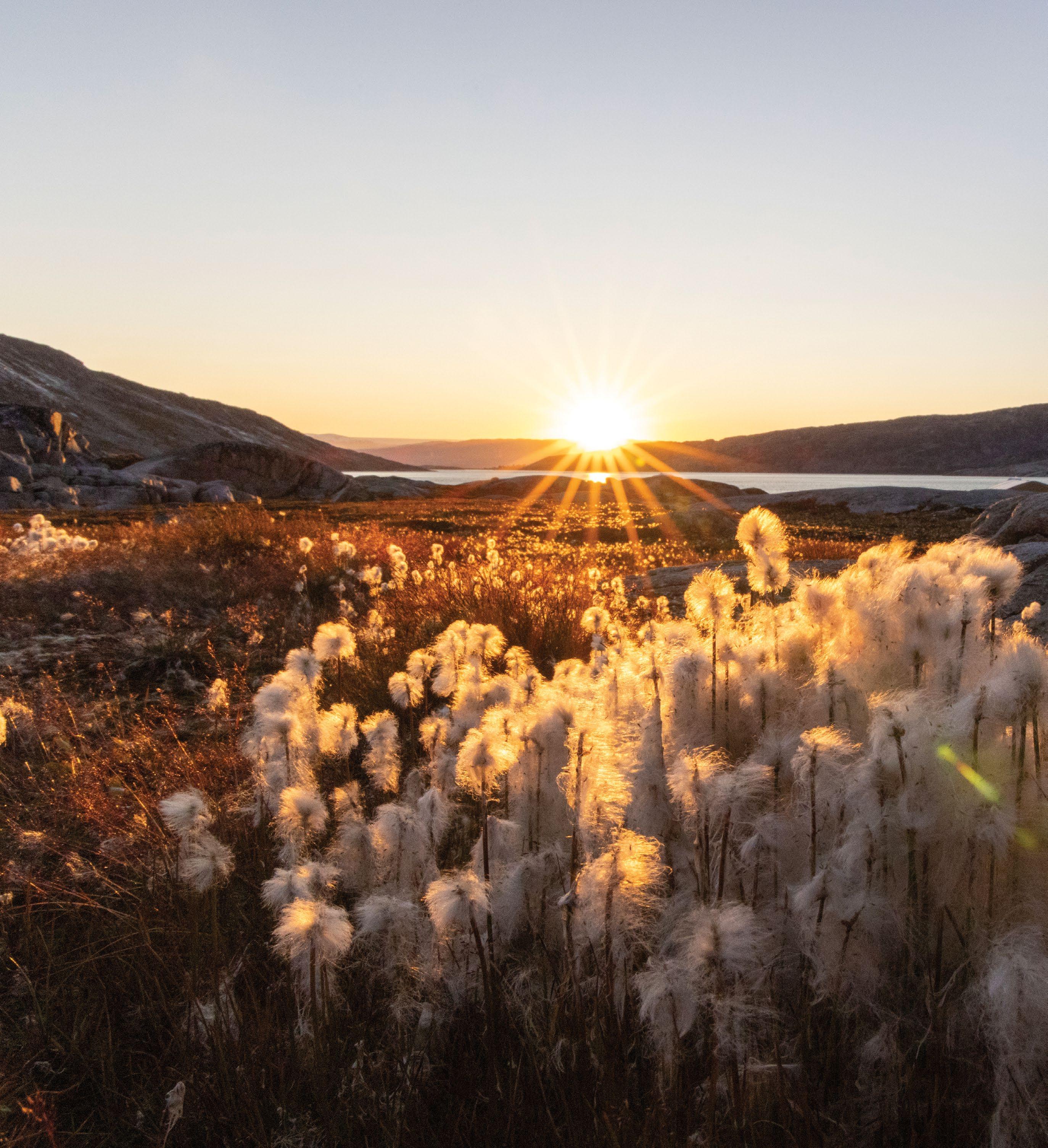
WHAT IS YOUR CONSERVATION POWER?
Photo
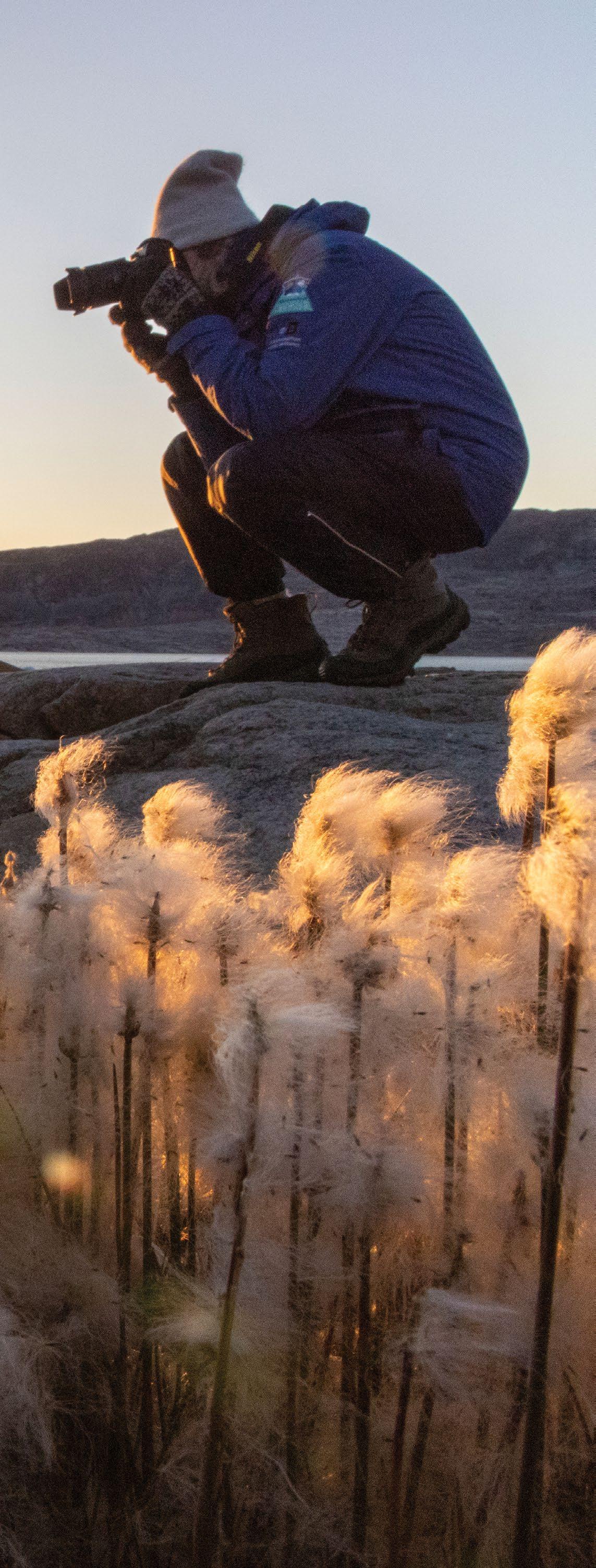
There are plenty of day-to-day things you can do to reduce your footprint on the planet, from composting to using cloth shopping bags. But at Nat Hab, we think the most important approach is to do what you do best for conservation. Determine your superpower (your top skill or talent or ability), then use it purposefully in the service of conservation.
For example, let’s say you’re a great writer. You could use that skill to write letters to the editor of newspapers and magazines, bringing awareness to a conservation topic on a local, national or even global level. Or perhaps you’re a gifted photographer and have captured gorgeous images of the world’s natural wonders. Showcase these online via social media or in photo books to share with others. Inspiring others to love nature is crucial—after all, we won’t save what we do not love, and we cannot love what we do not know. Help people fall in love with wild places that have touched your heart.
AN ACE AT ACTIVISM?
Write your elected officials, or attend public hearings and meetings.
FANTASTIC AT FUNDRAISING?
Host an event—online or in person—to raise money for a cause. Many conservation organizations will provide fundraising toolkits if you ask.
A WHIZ AT WRITING?
Write letters to the editor, or start an online conversation.
VITAL AT VOLUNTEERING?
Find the office of a local or regional conservation organization or community environmental enterprise and volunteer a few hours of your time on a regular basis.
SKILLED AT SOCIAL MEDIA?
Plan some posts to highlight learning and lessons about conservation.
PHENOMENAL PHOTOGRAPHER?
Share your photos on Instagram or Facebook with a conservation message, and inspire others to care about our beautiful world.
SENSATIONAL AT STORYTELLING?
Tell your conservation story via a slideshow, online article, social post, or with friends, family or travel groups.

